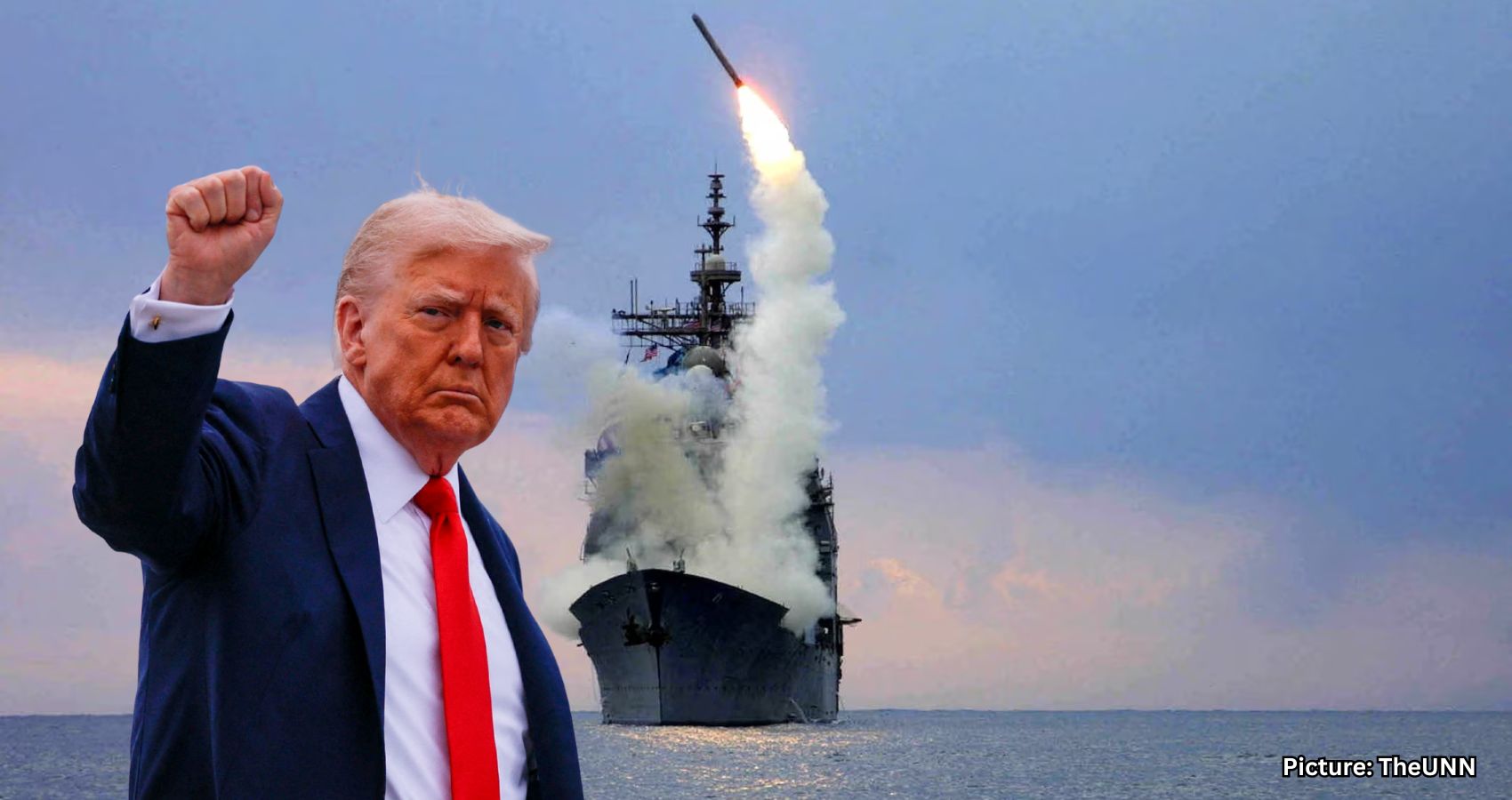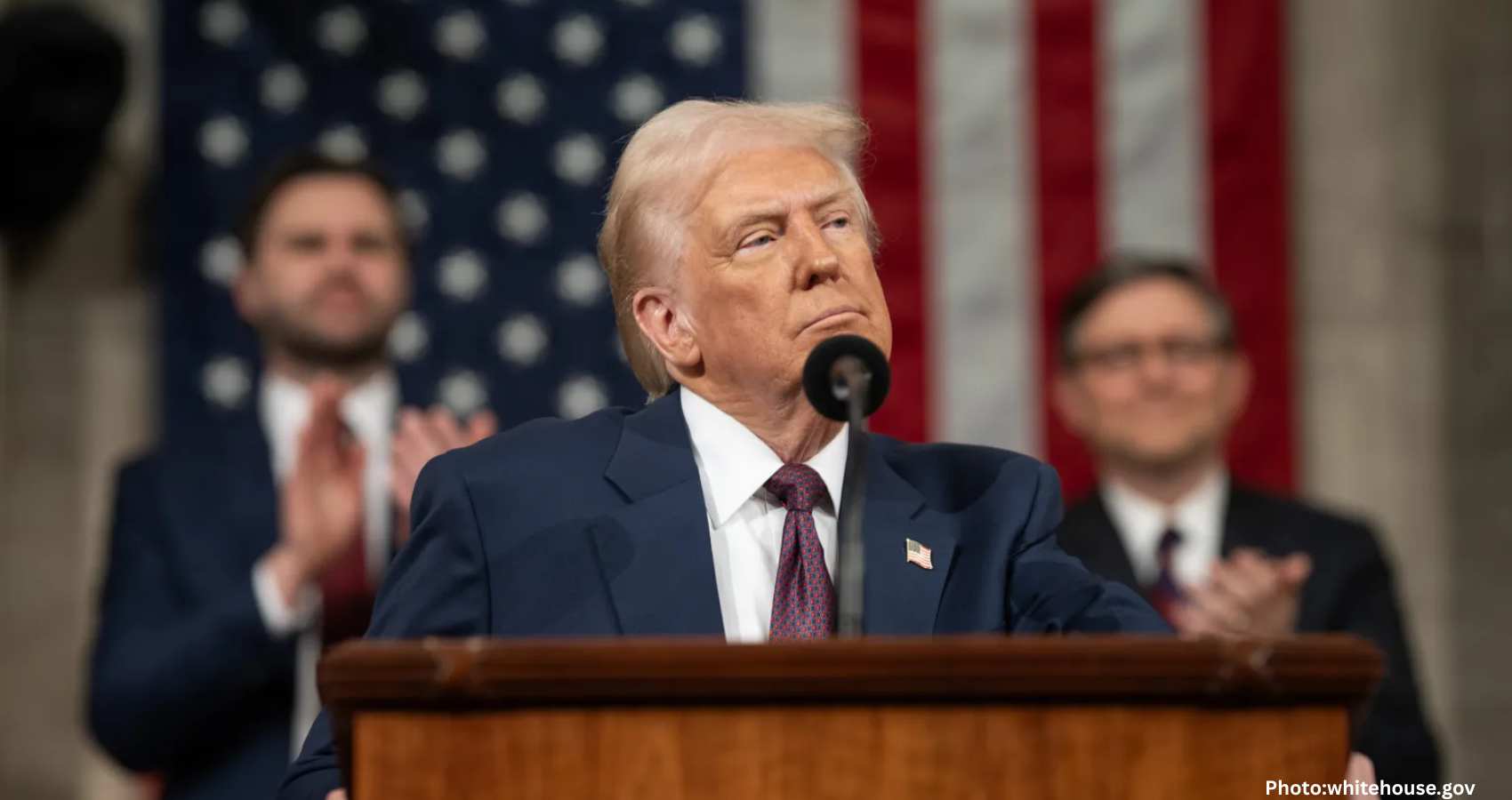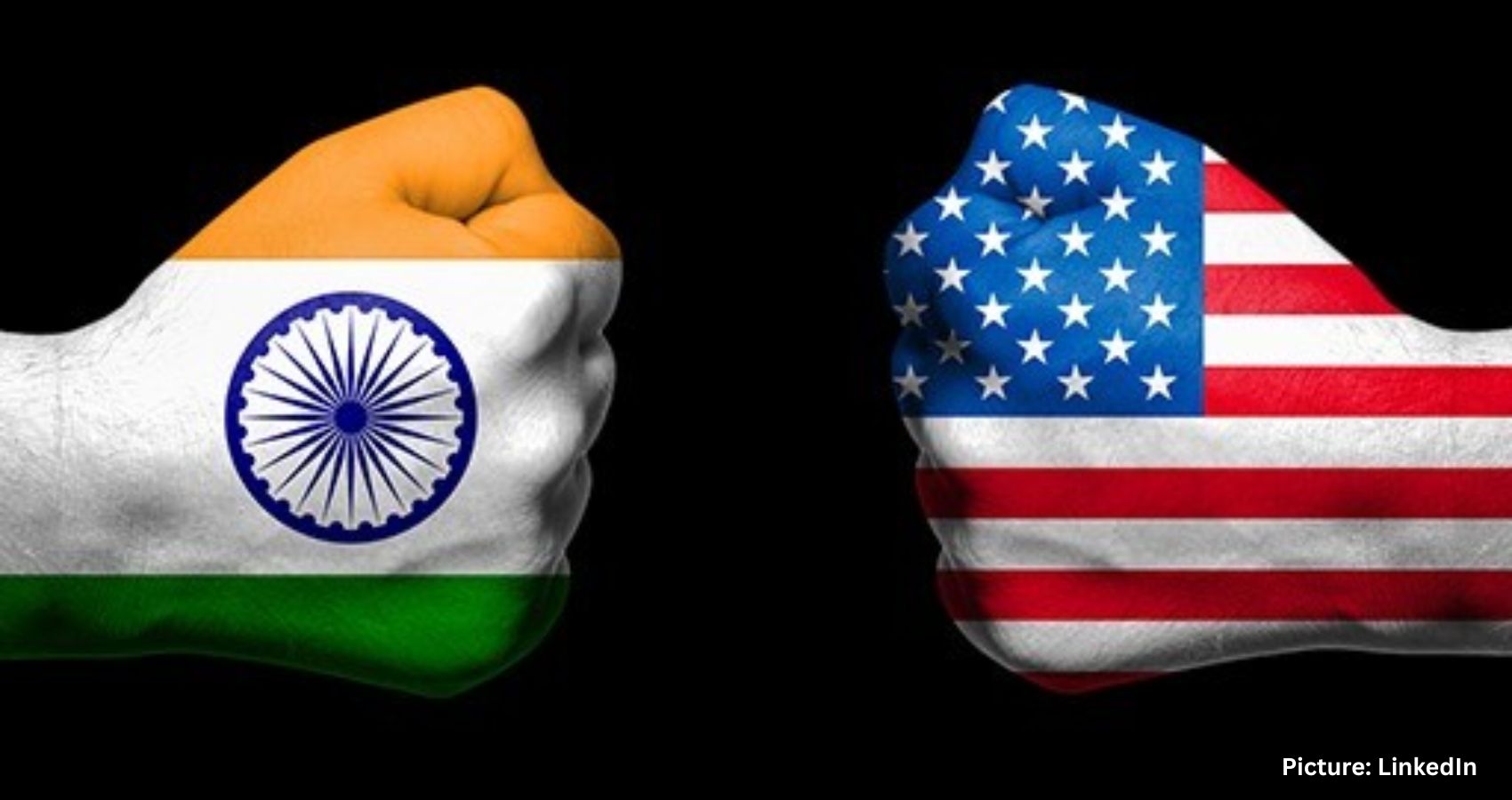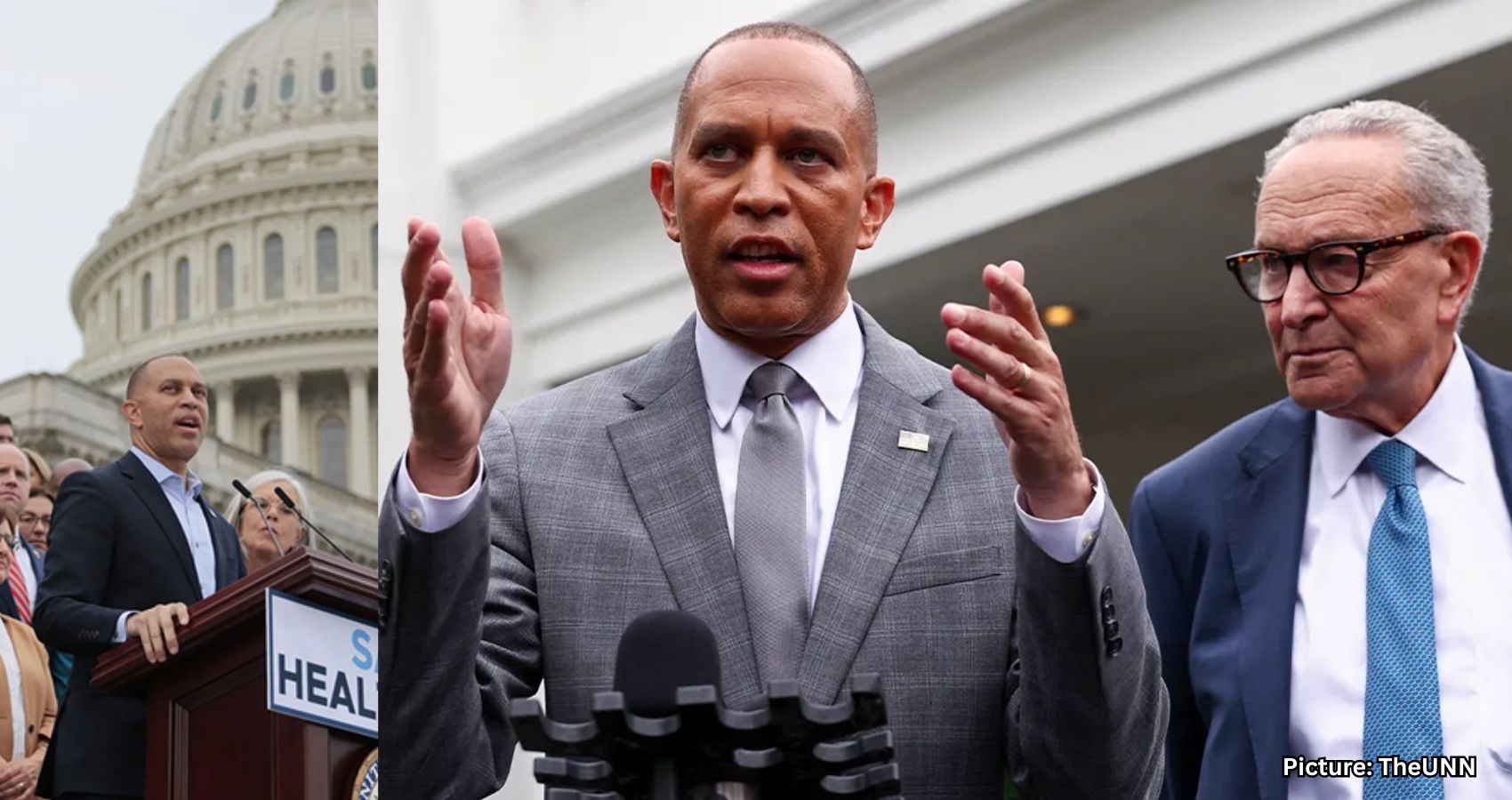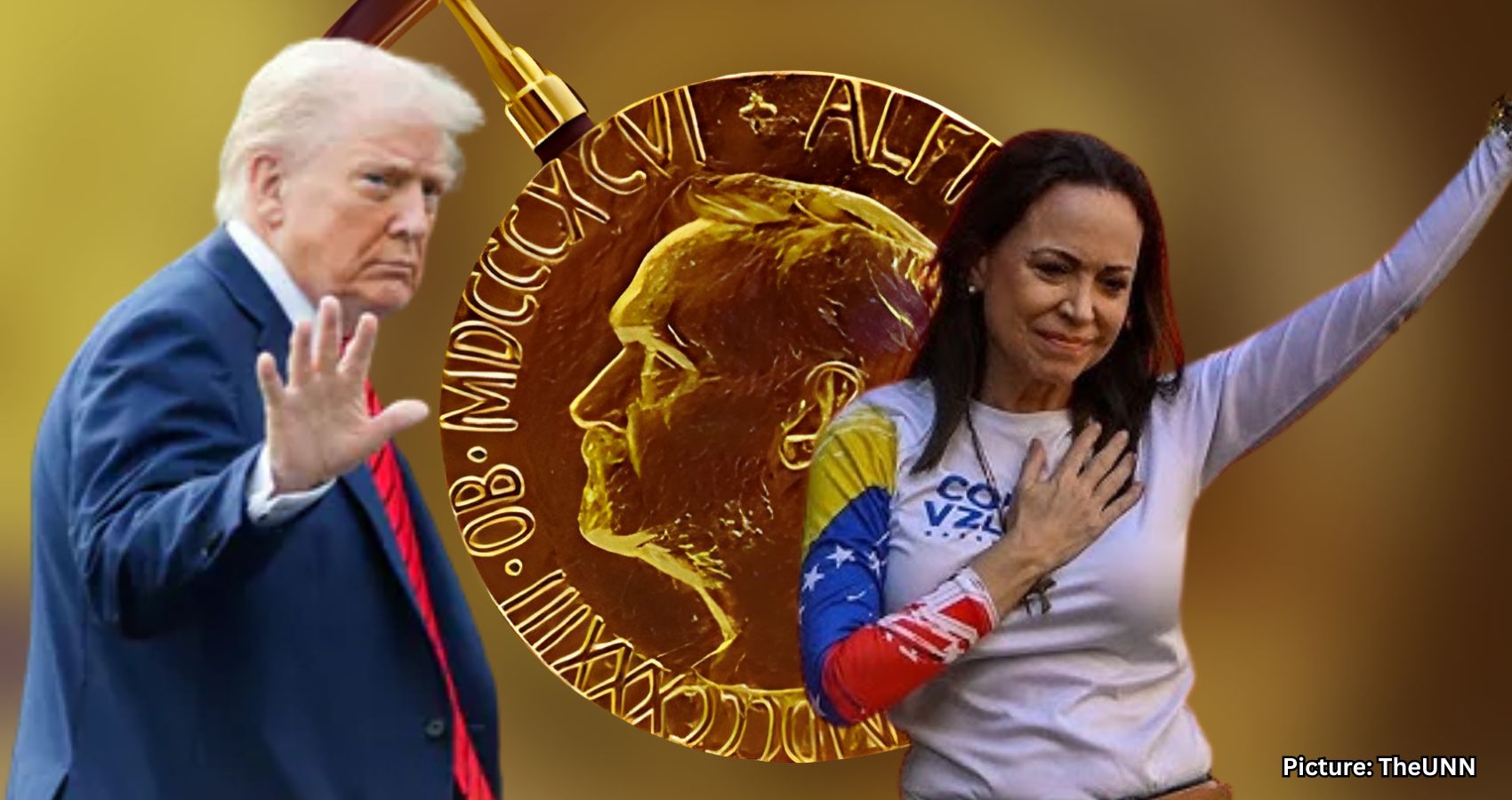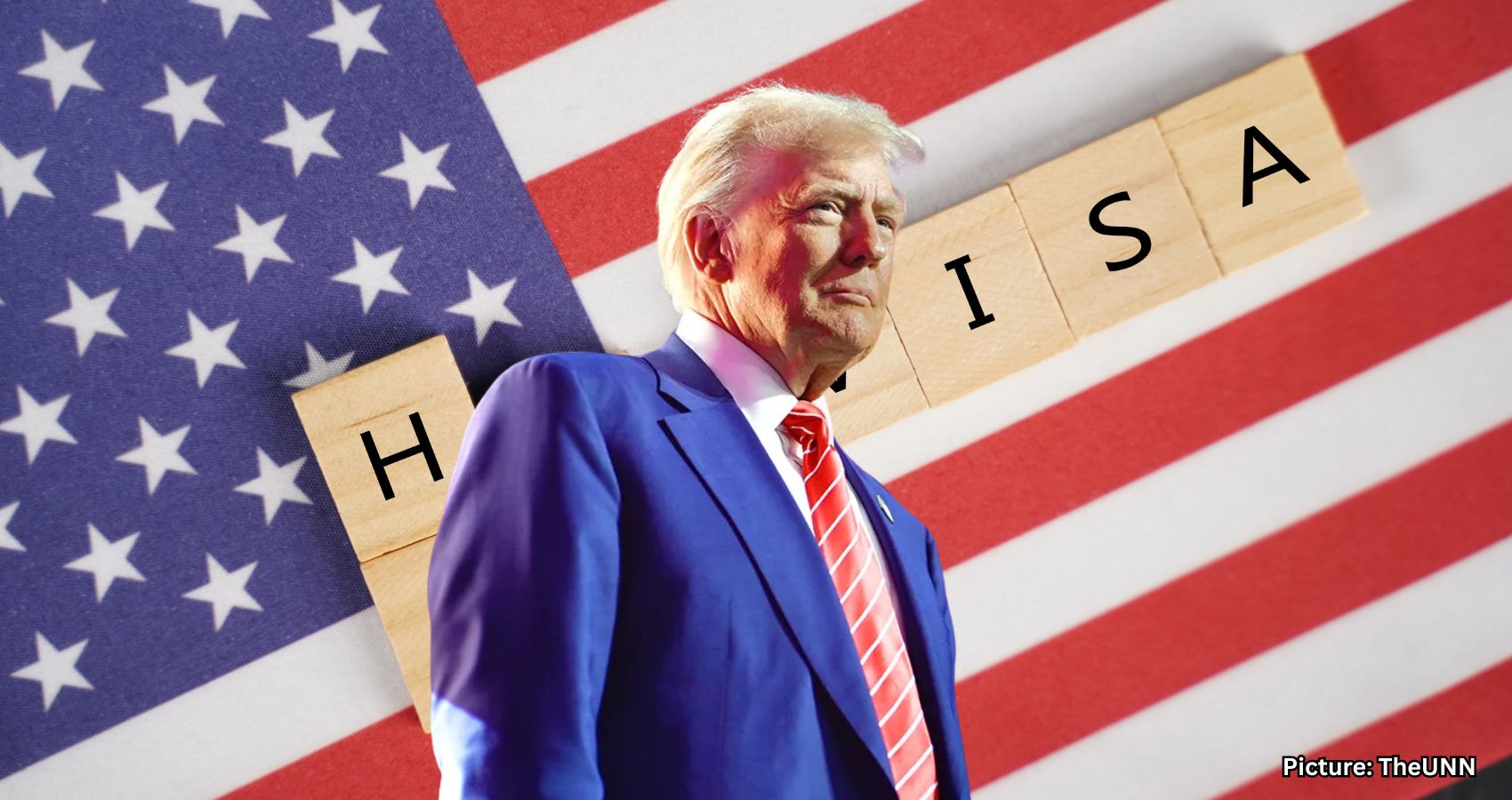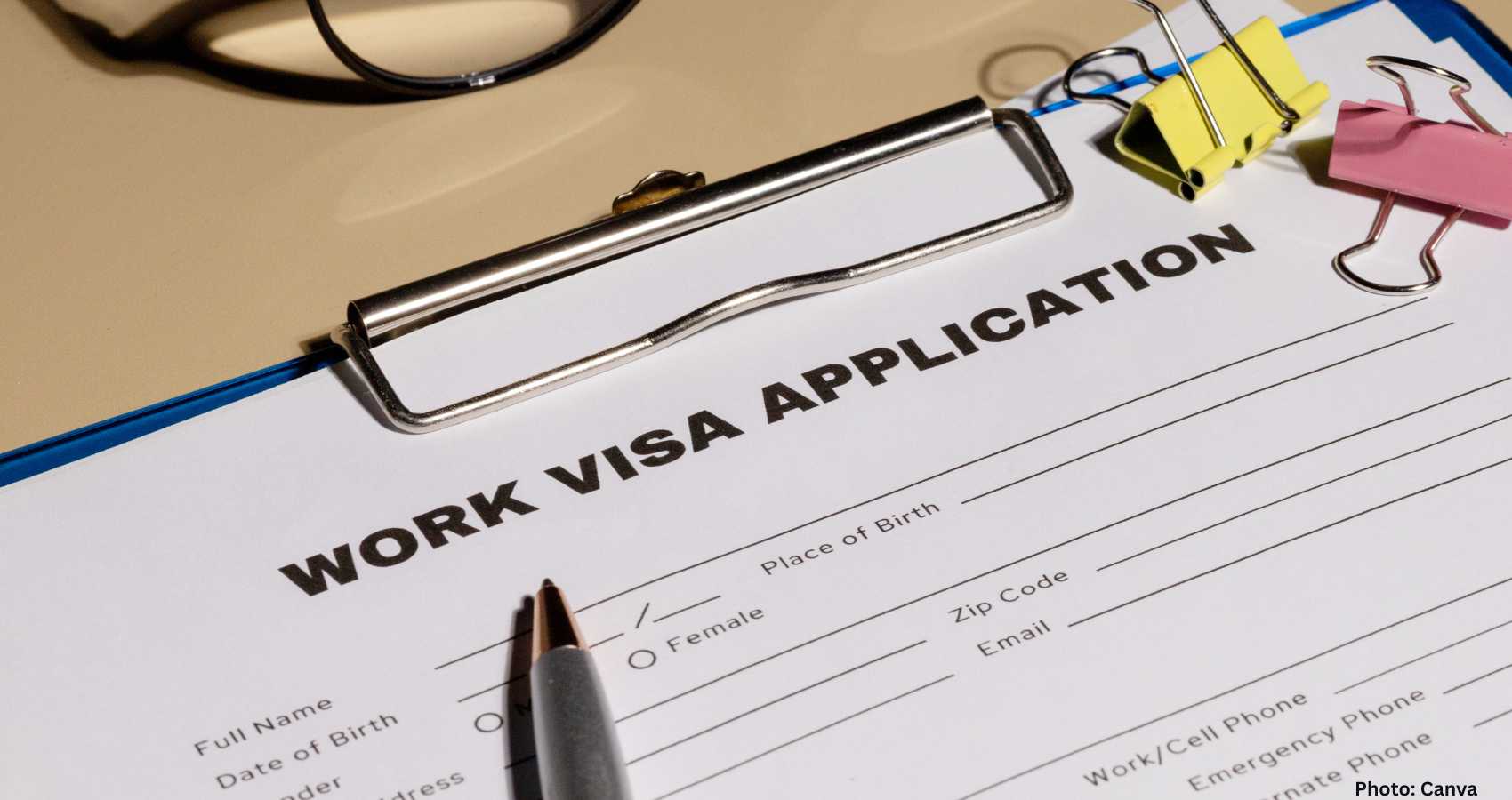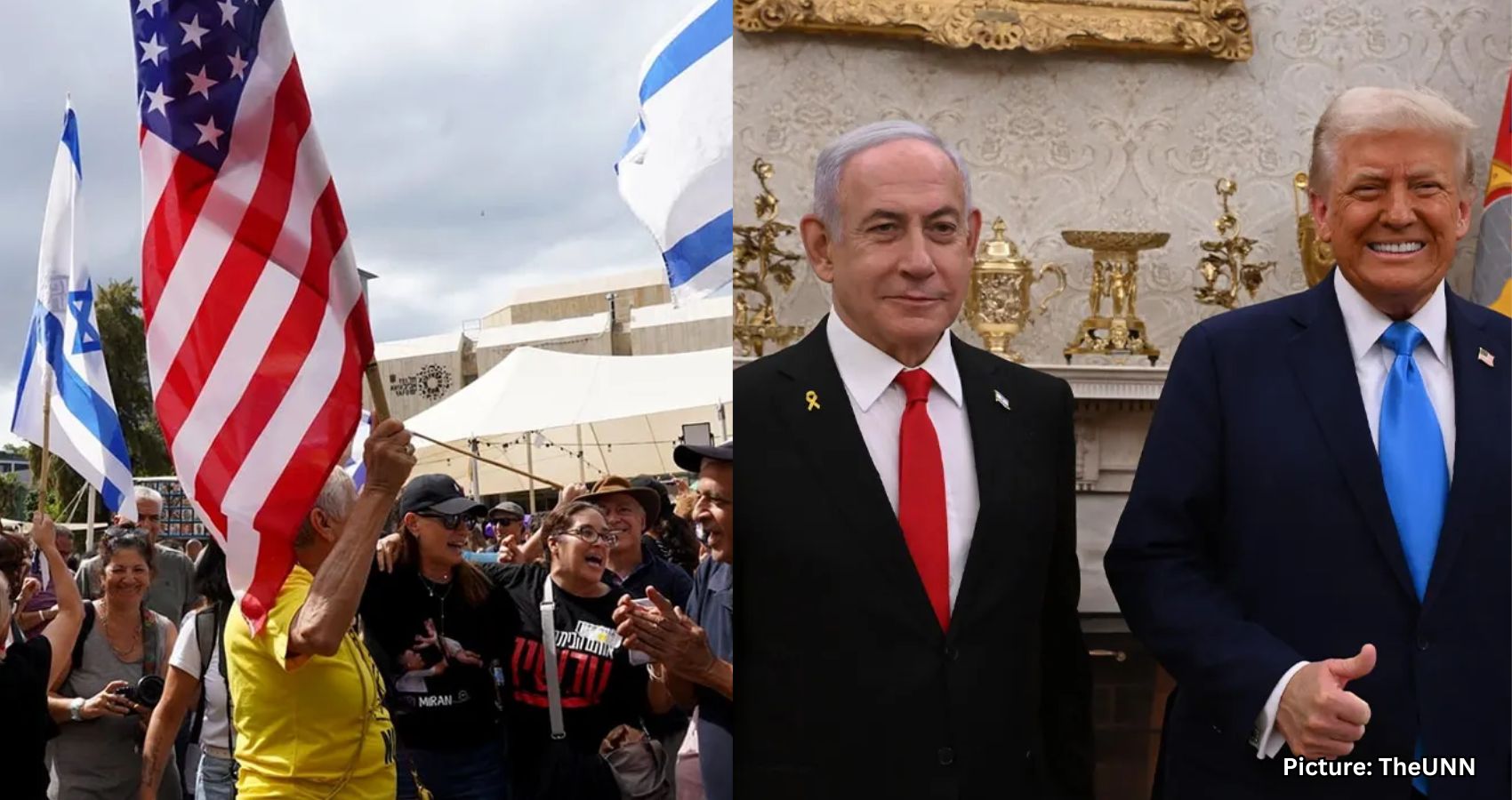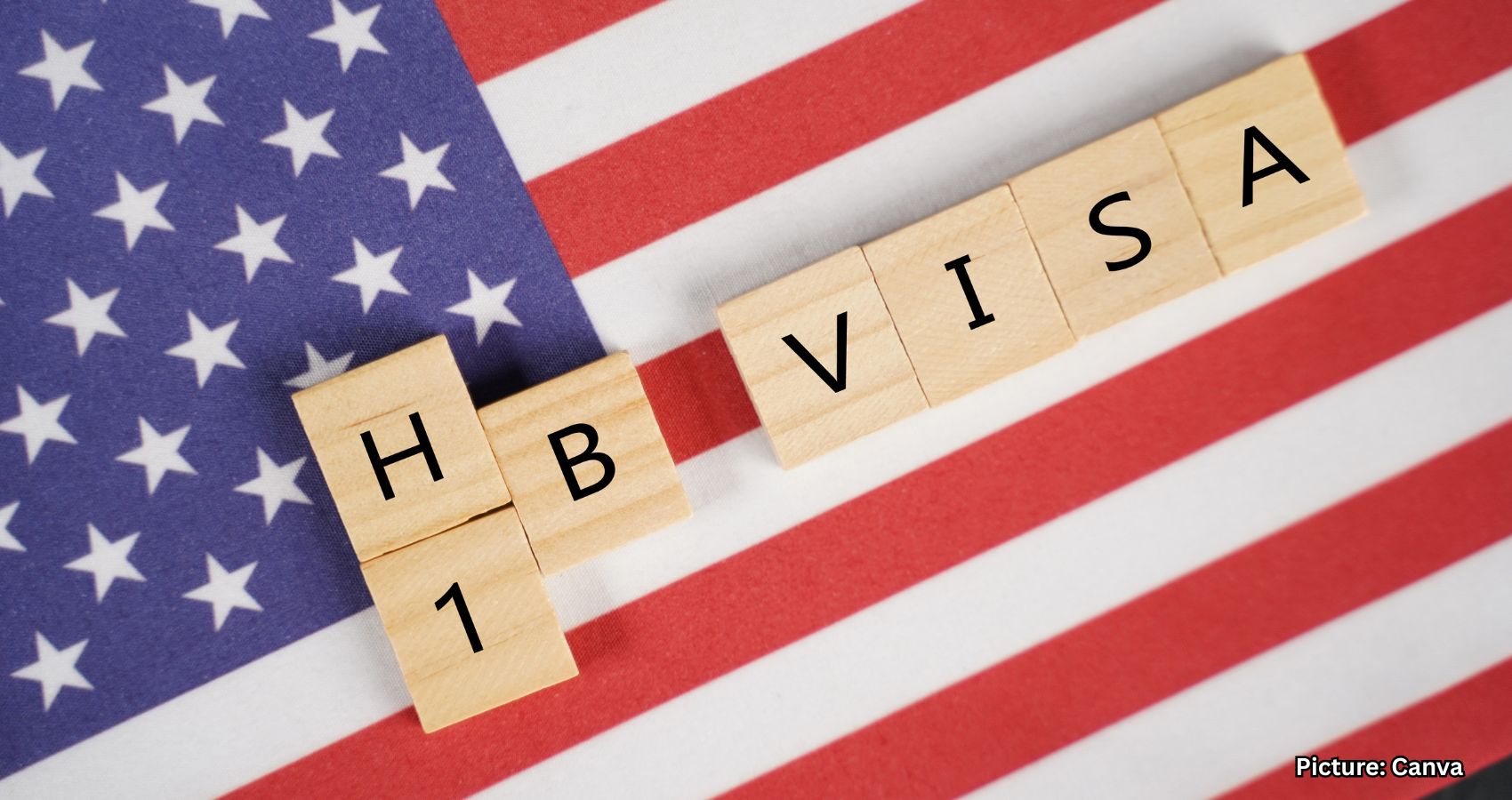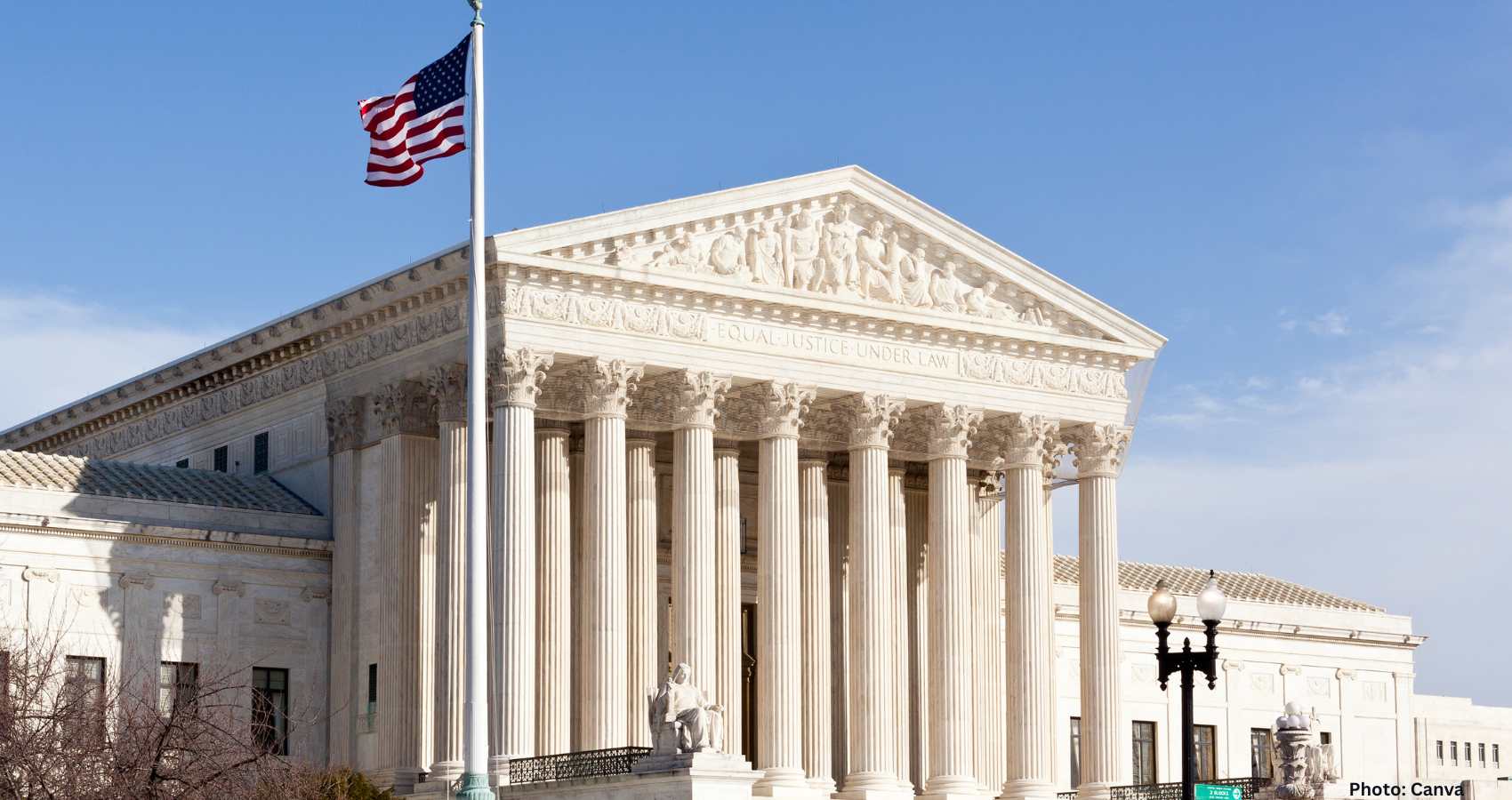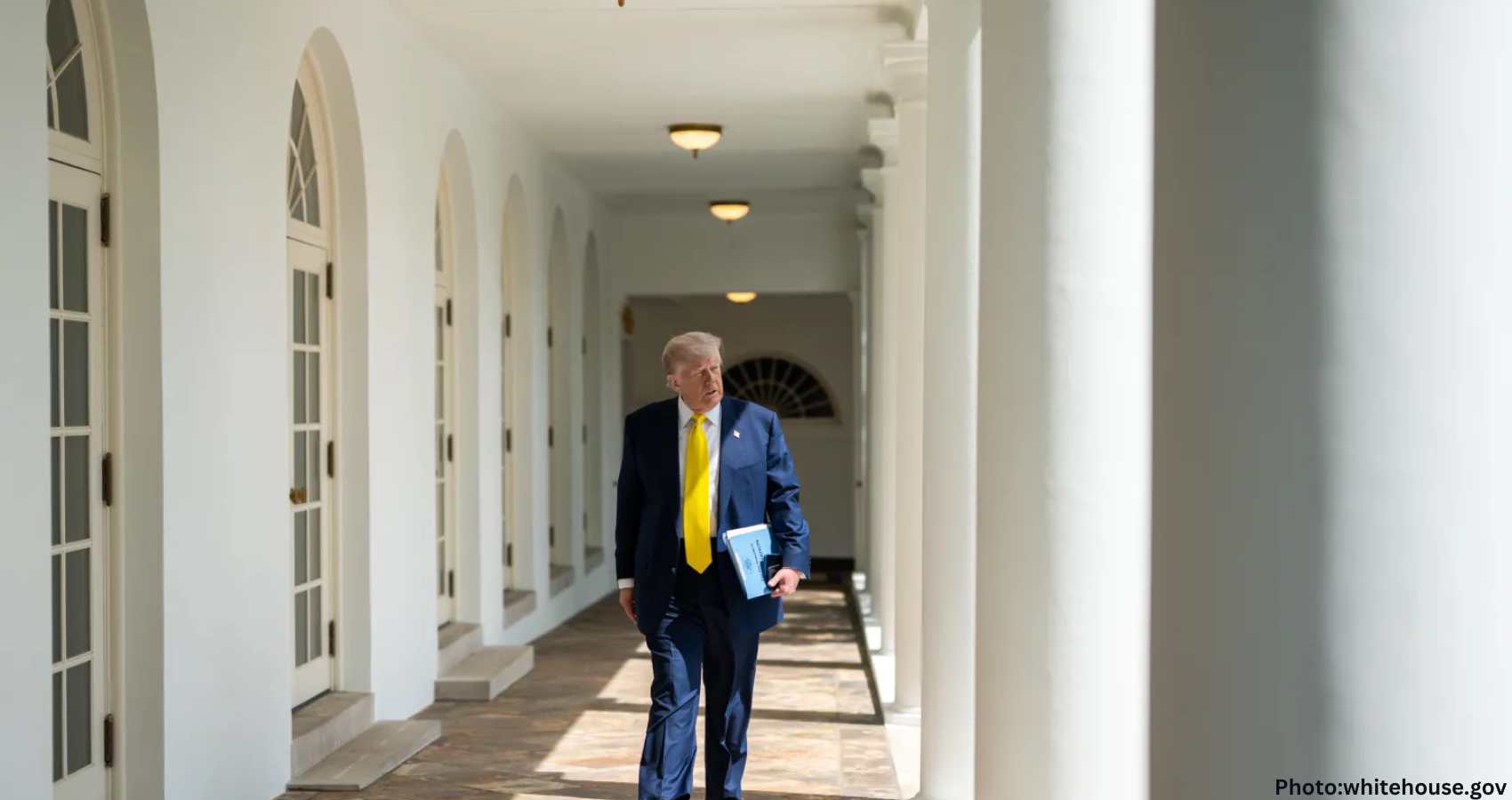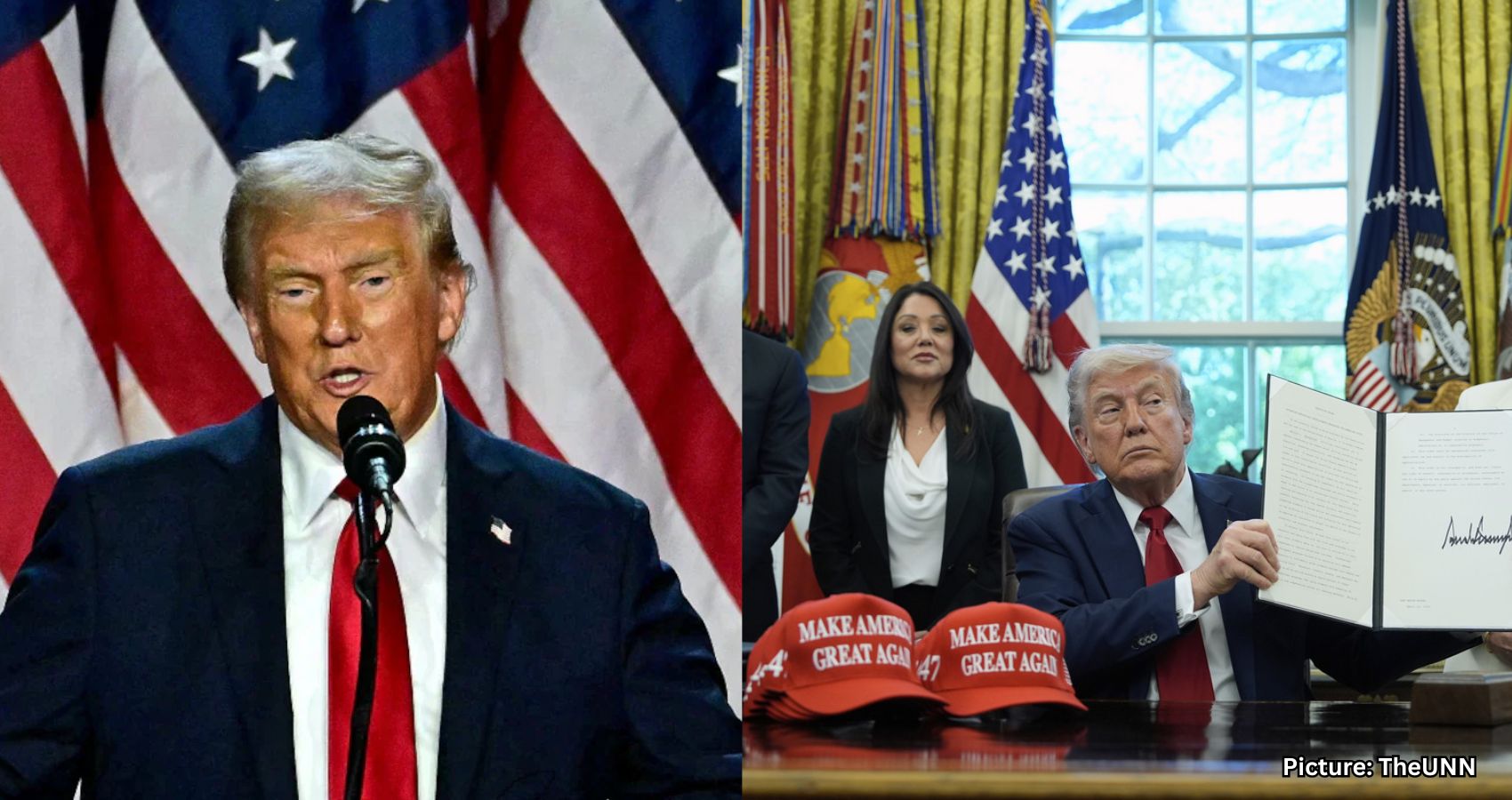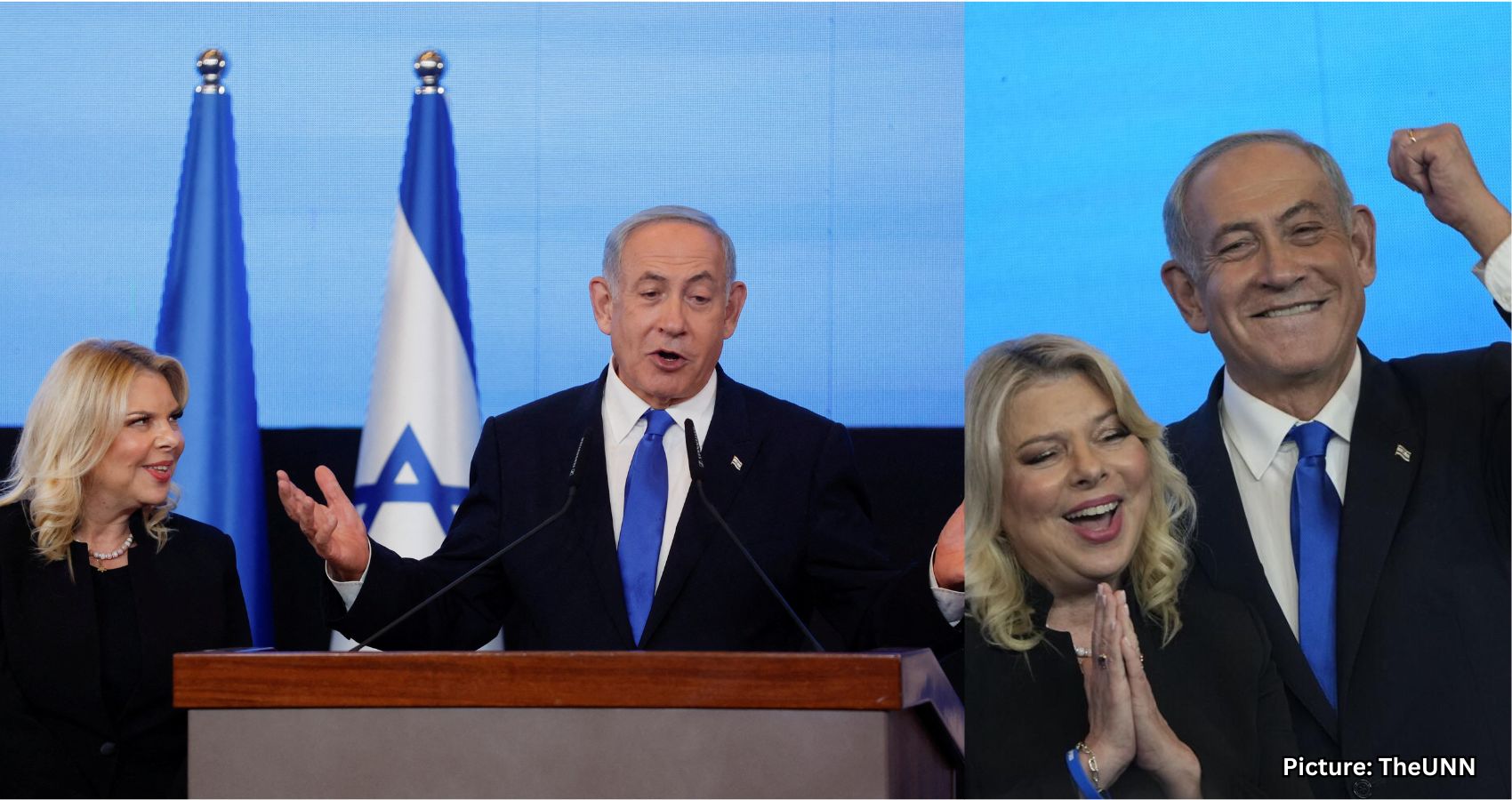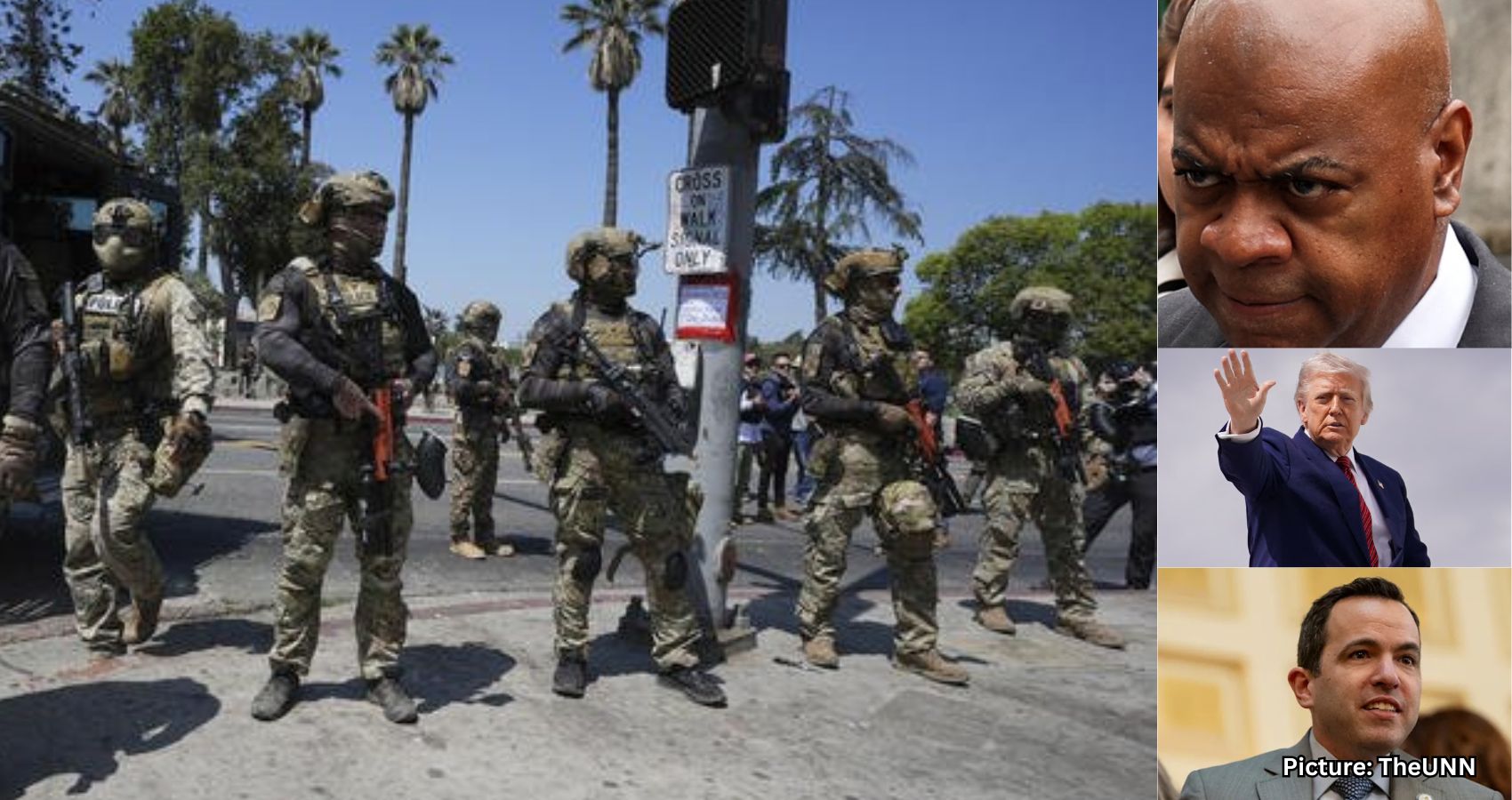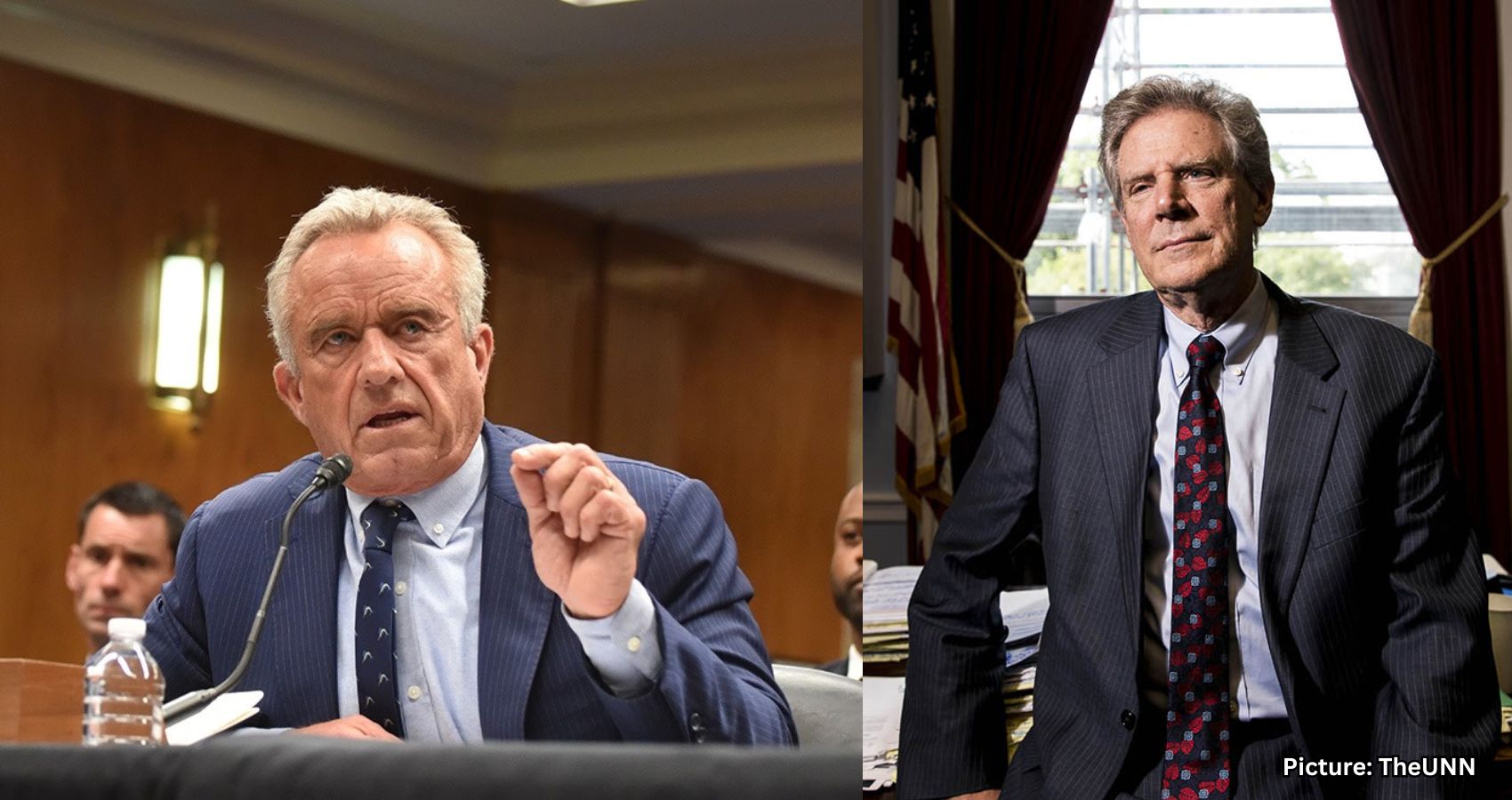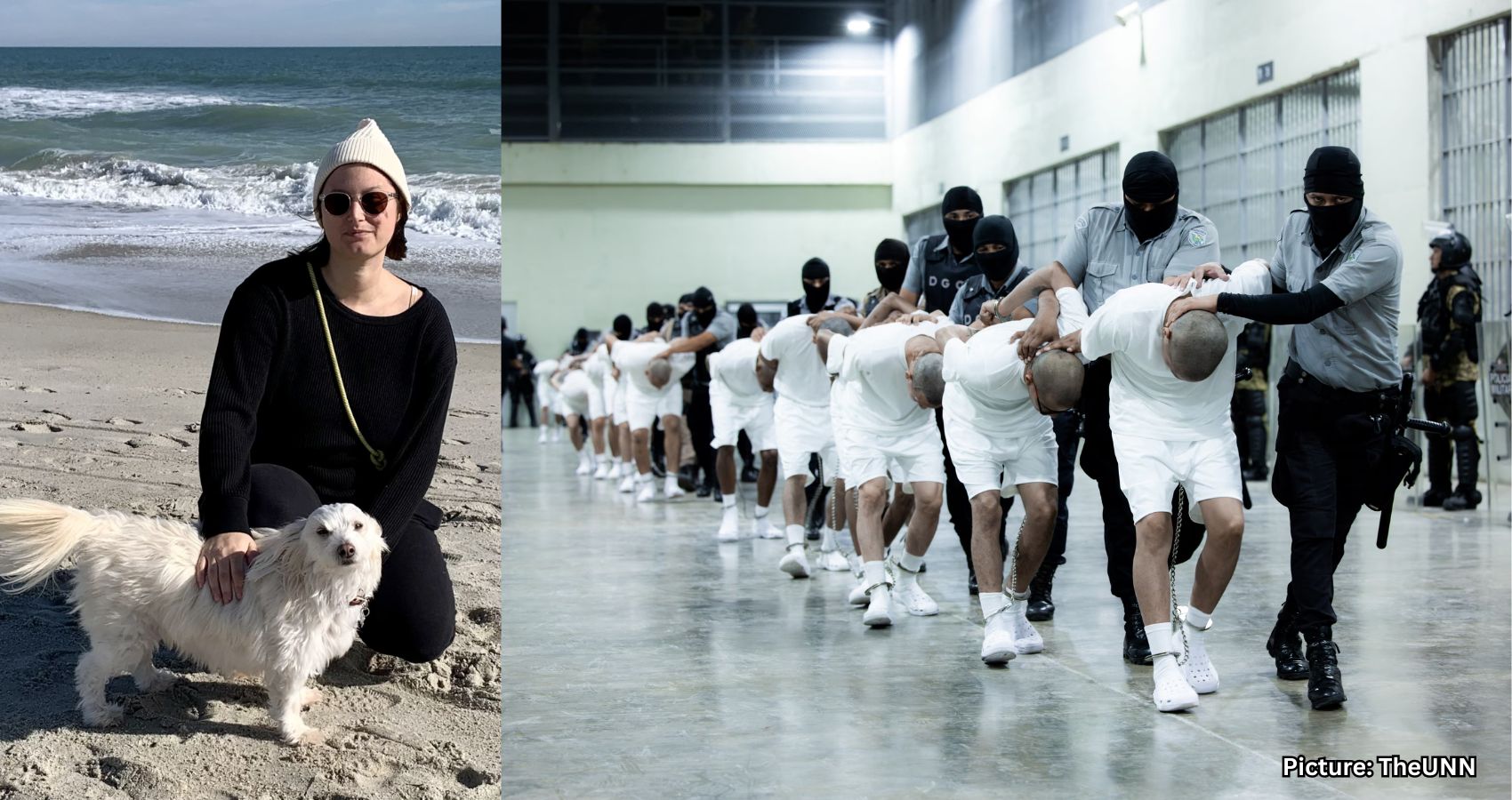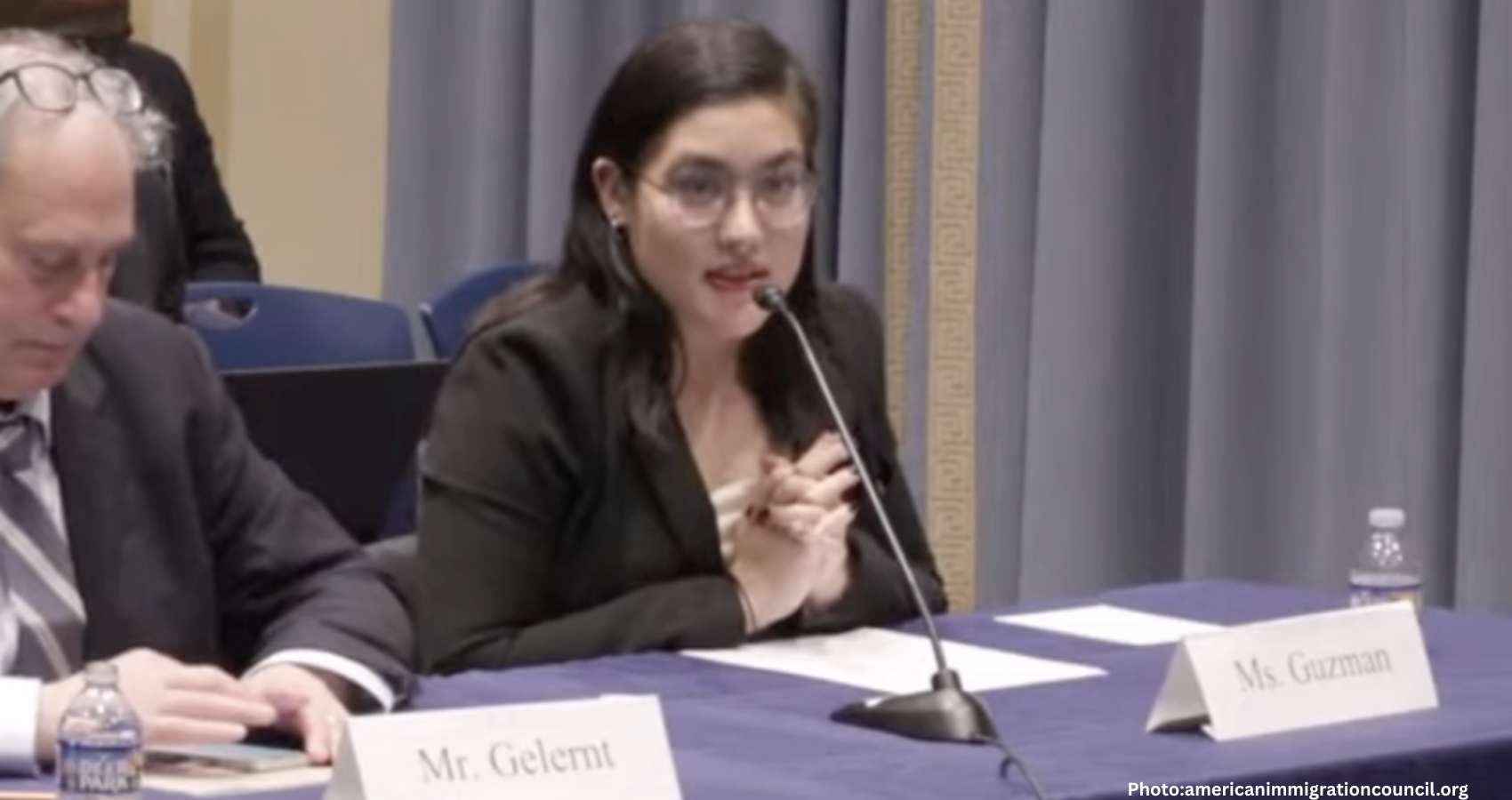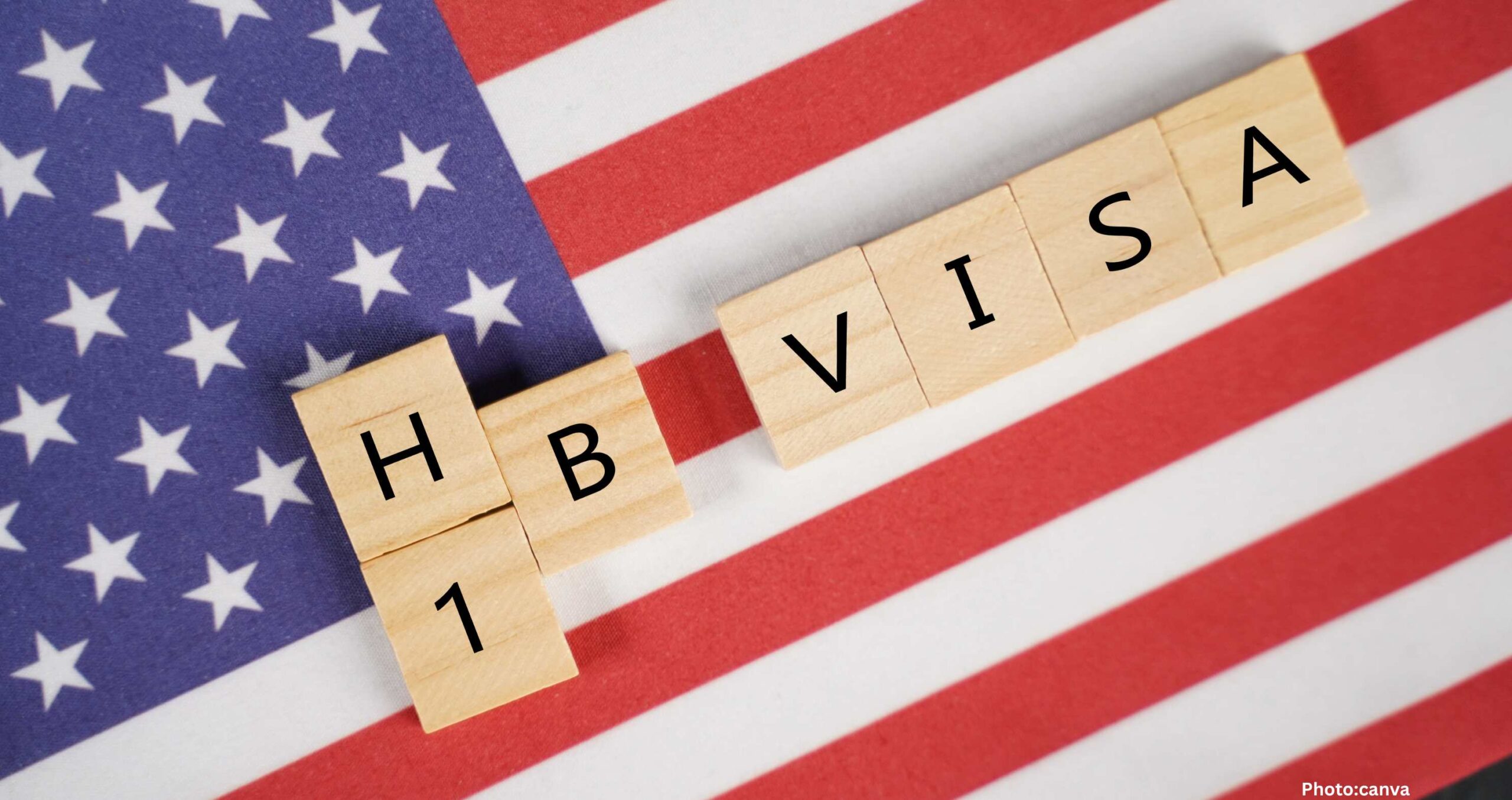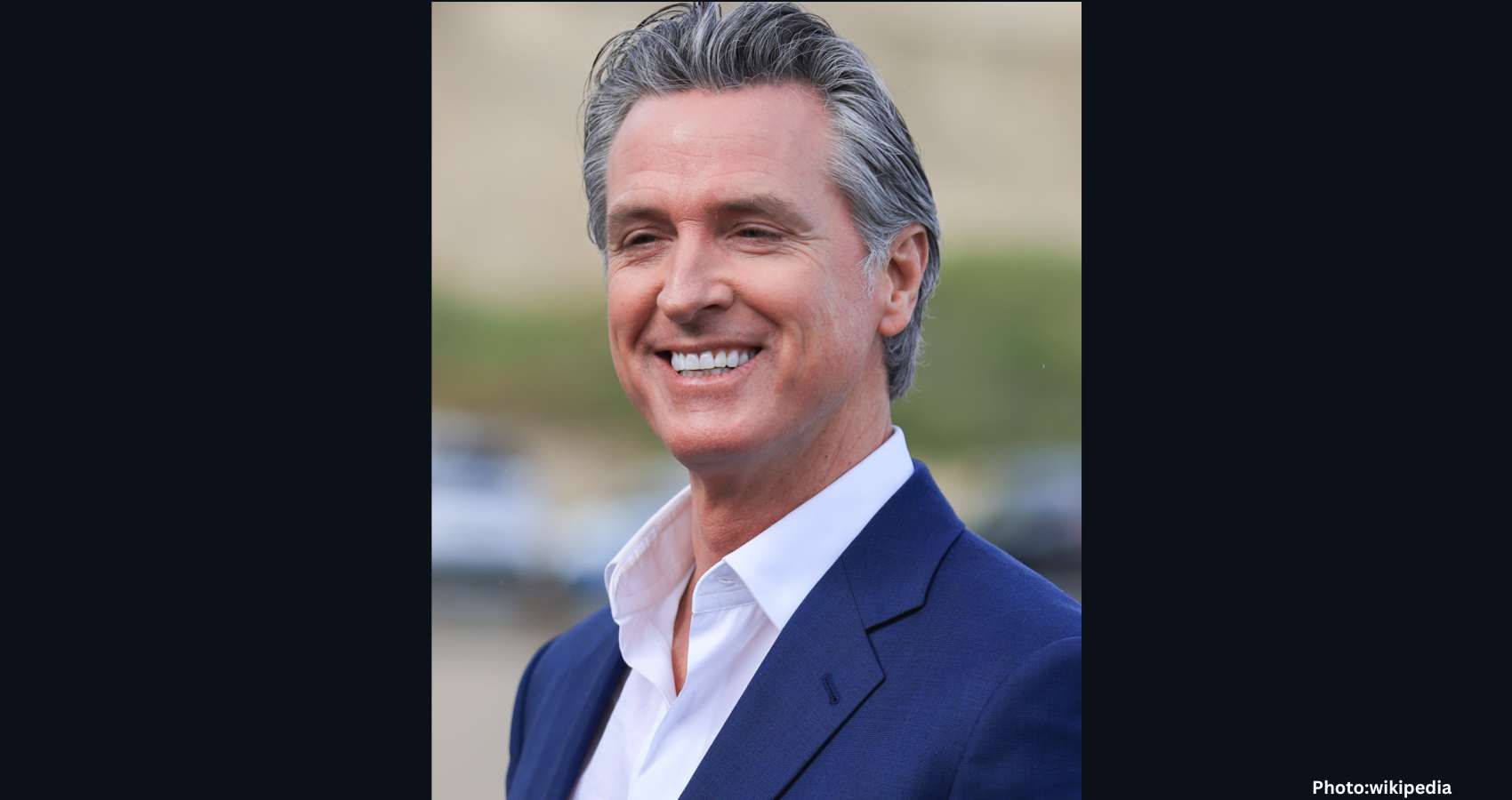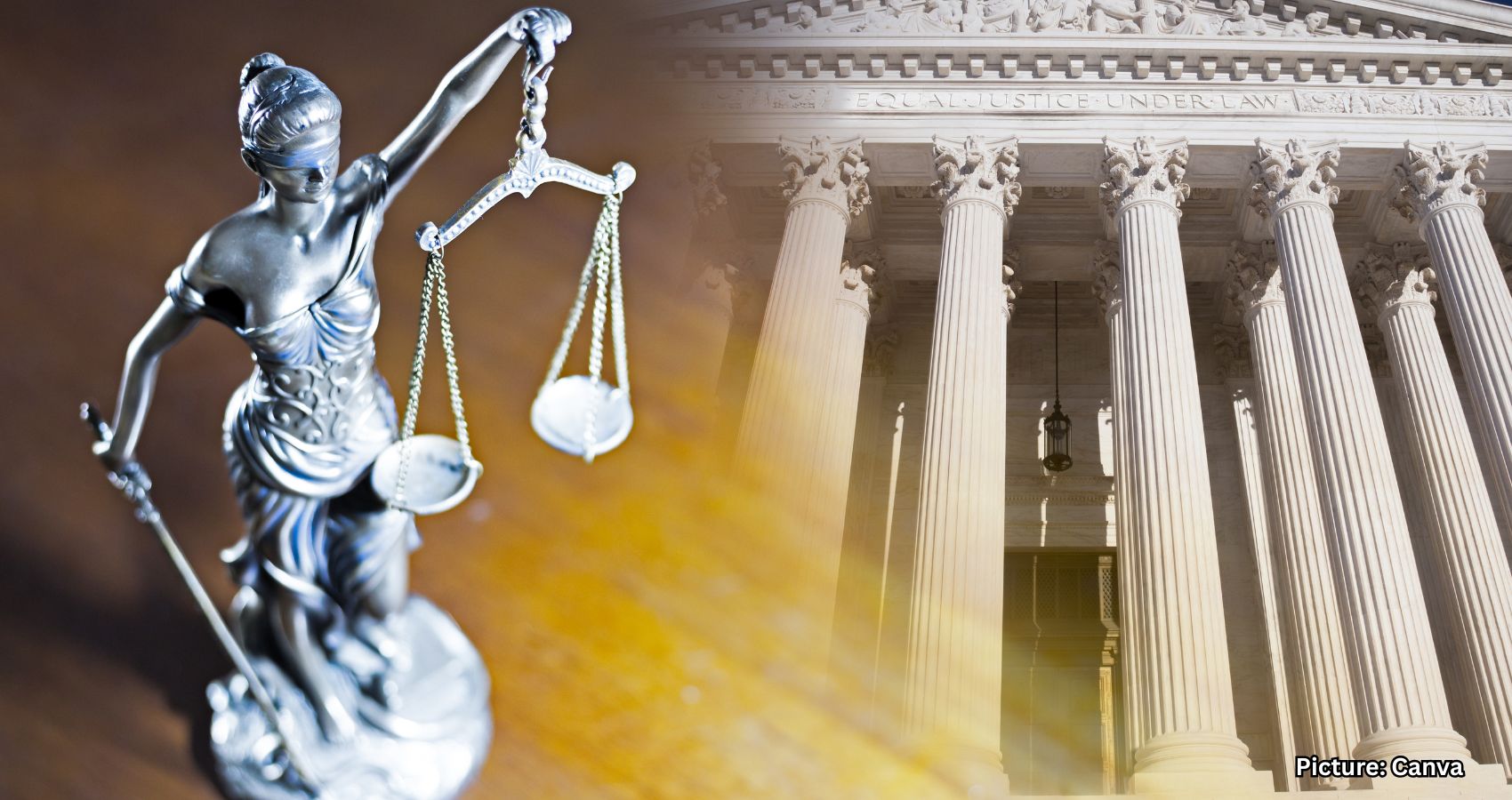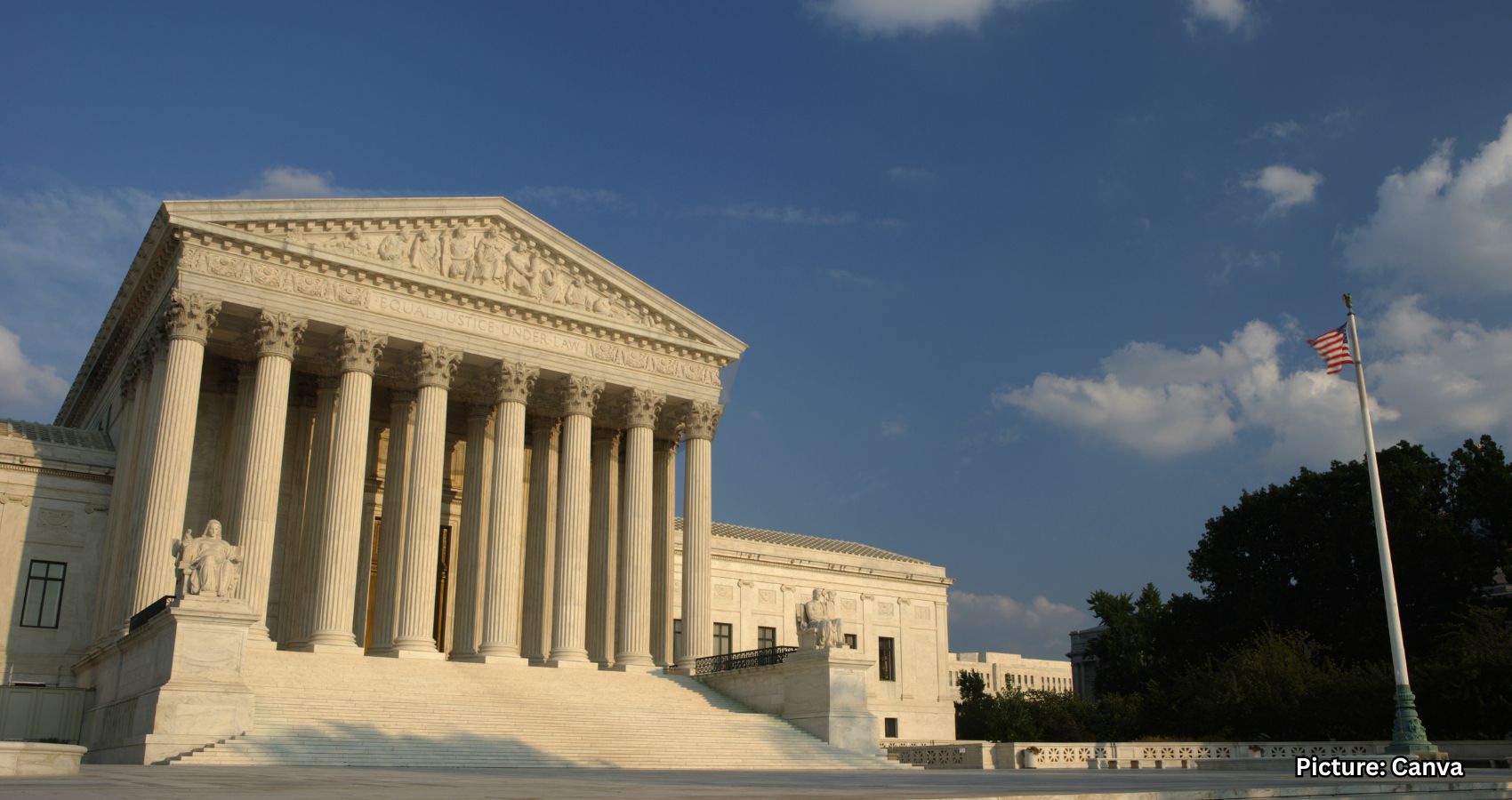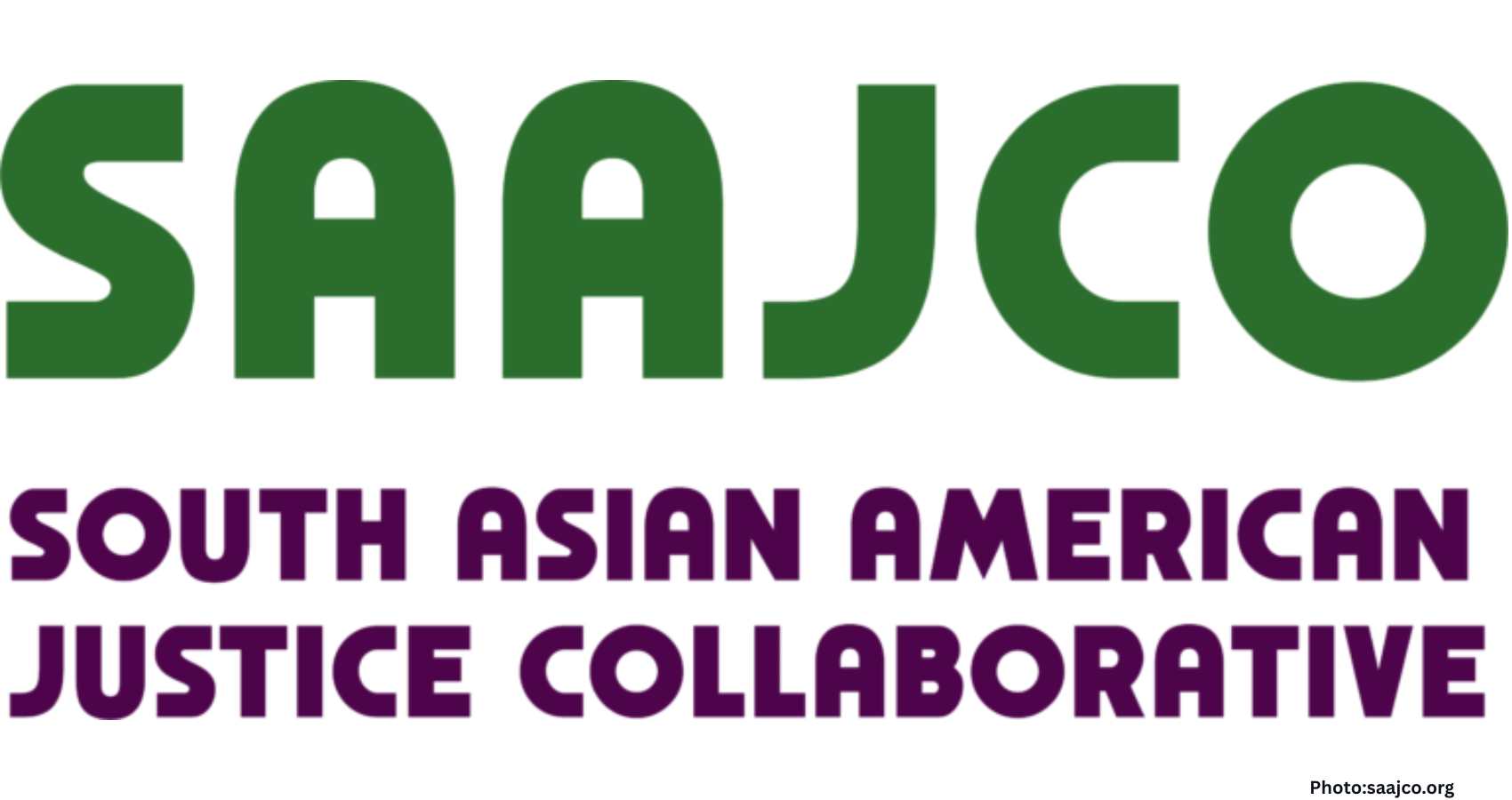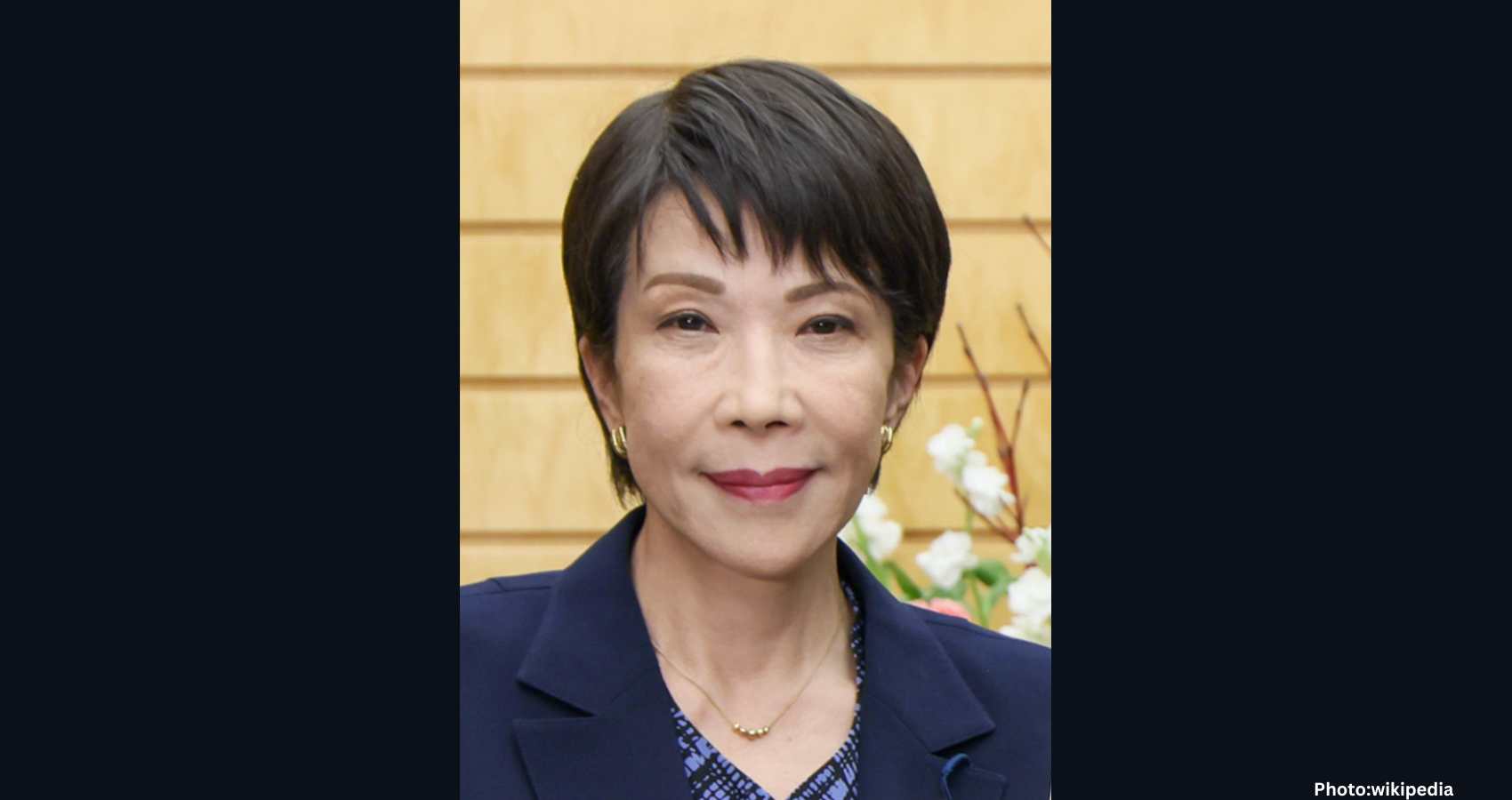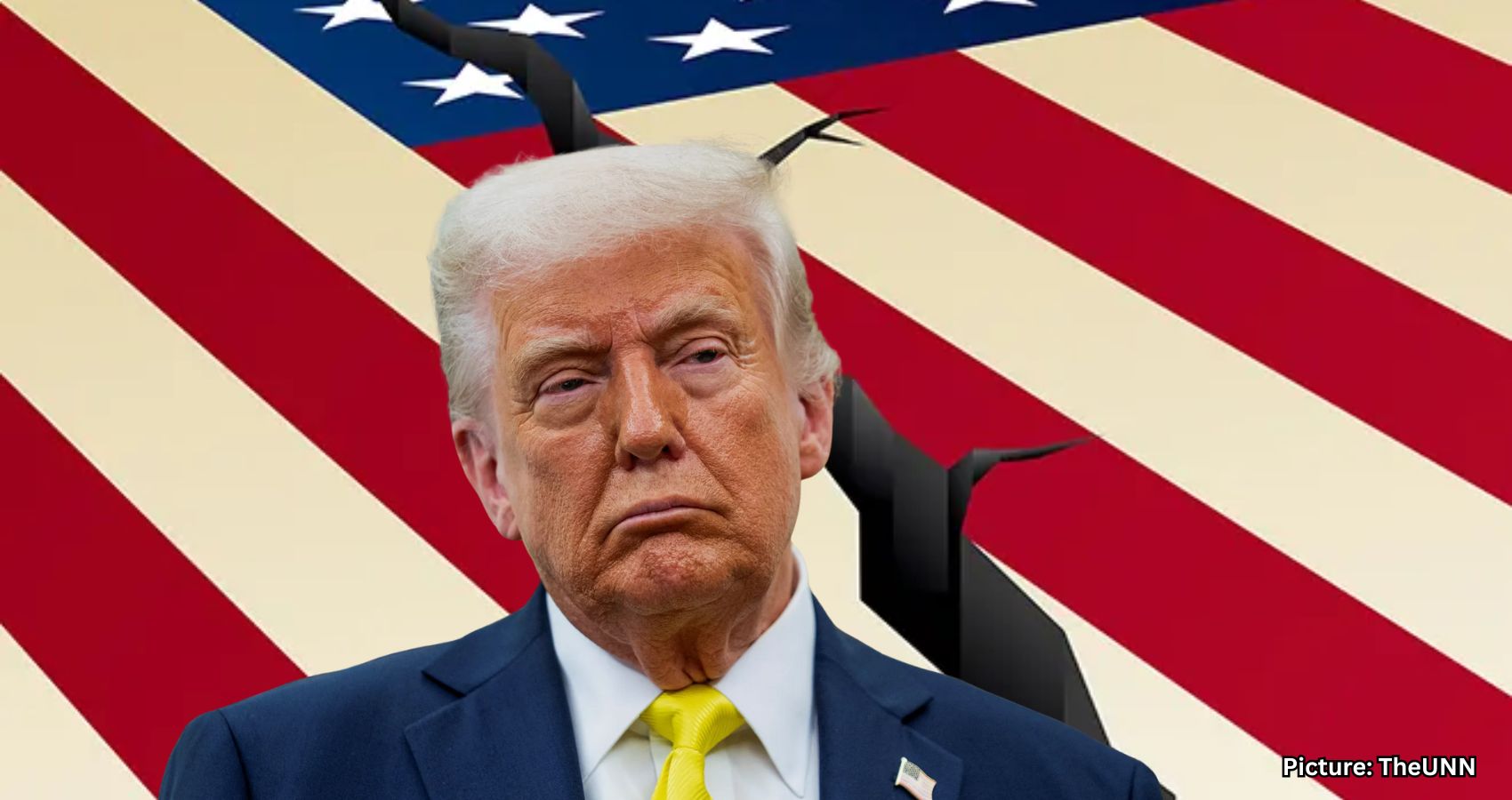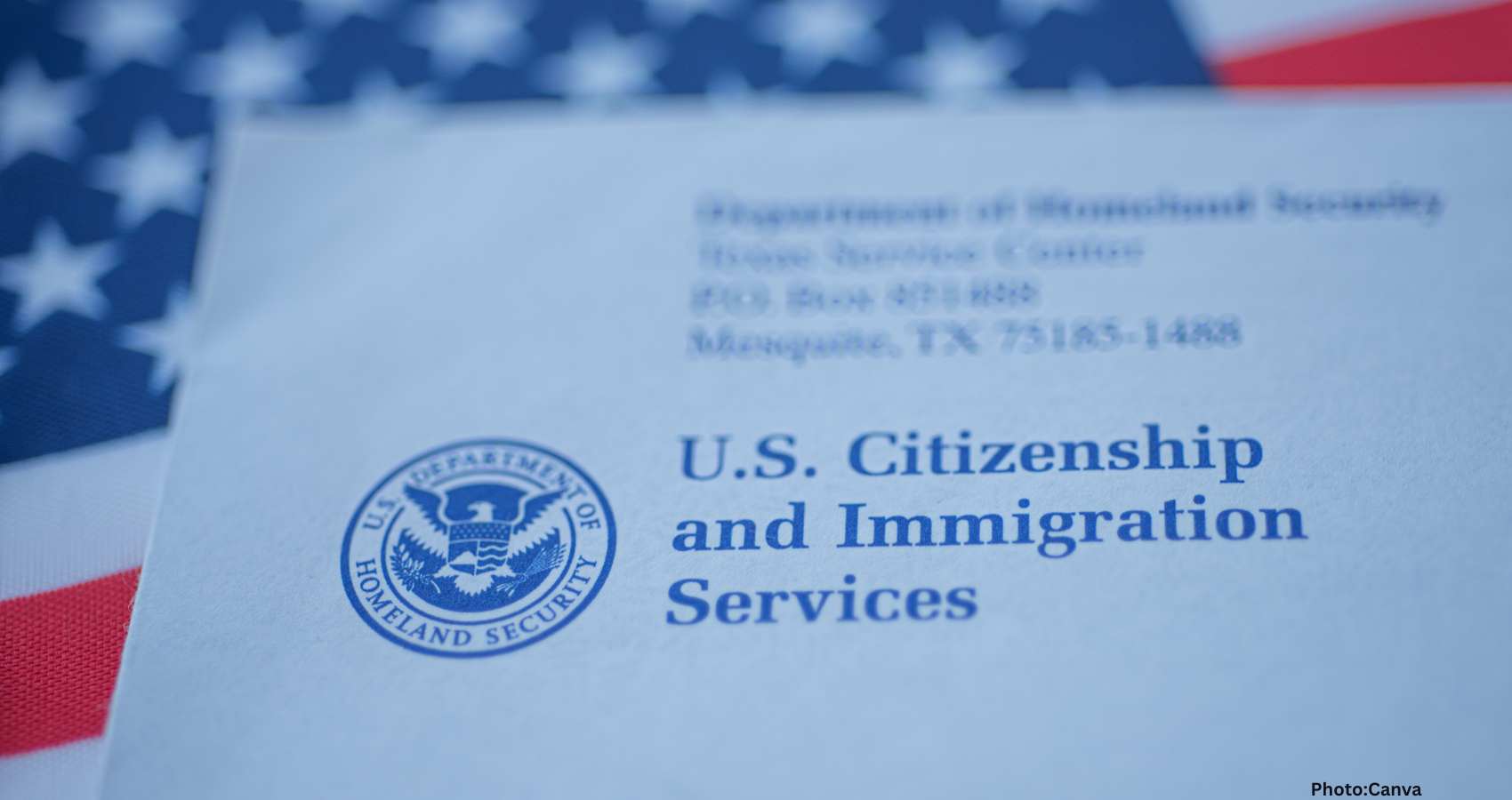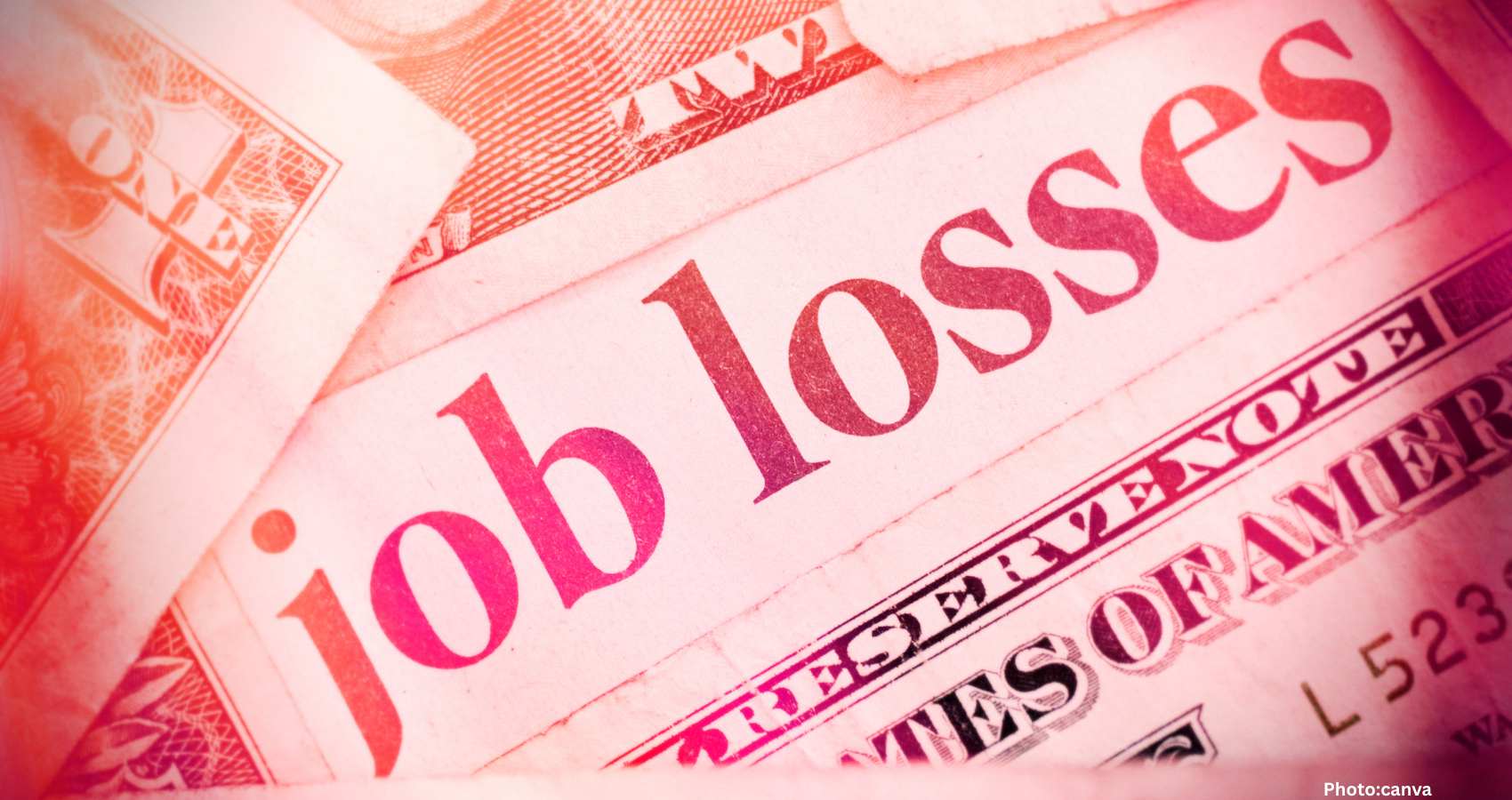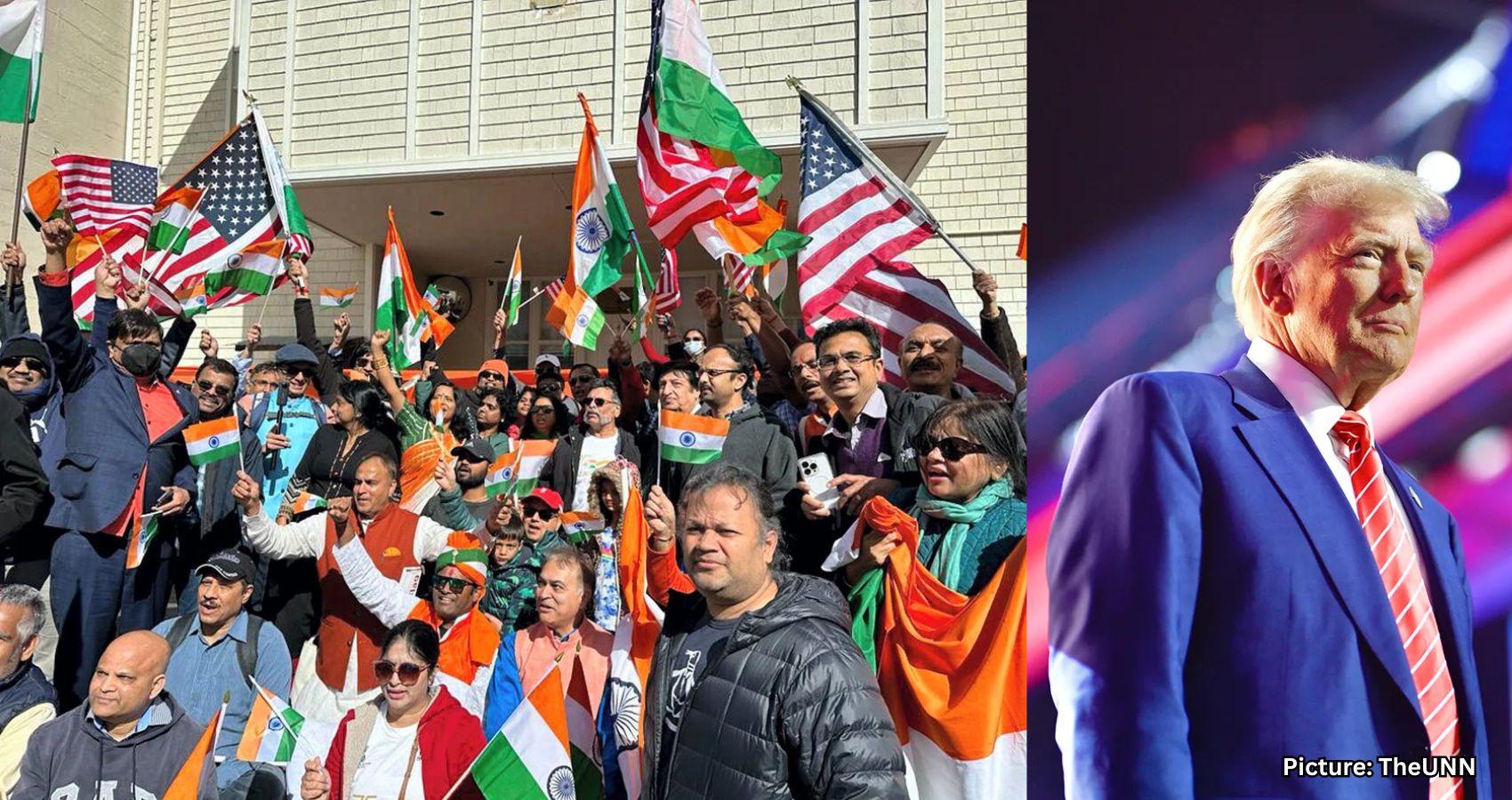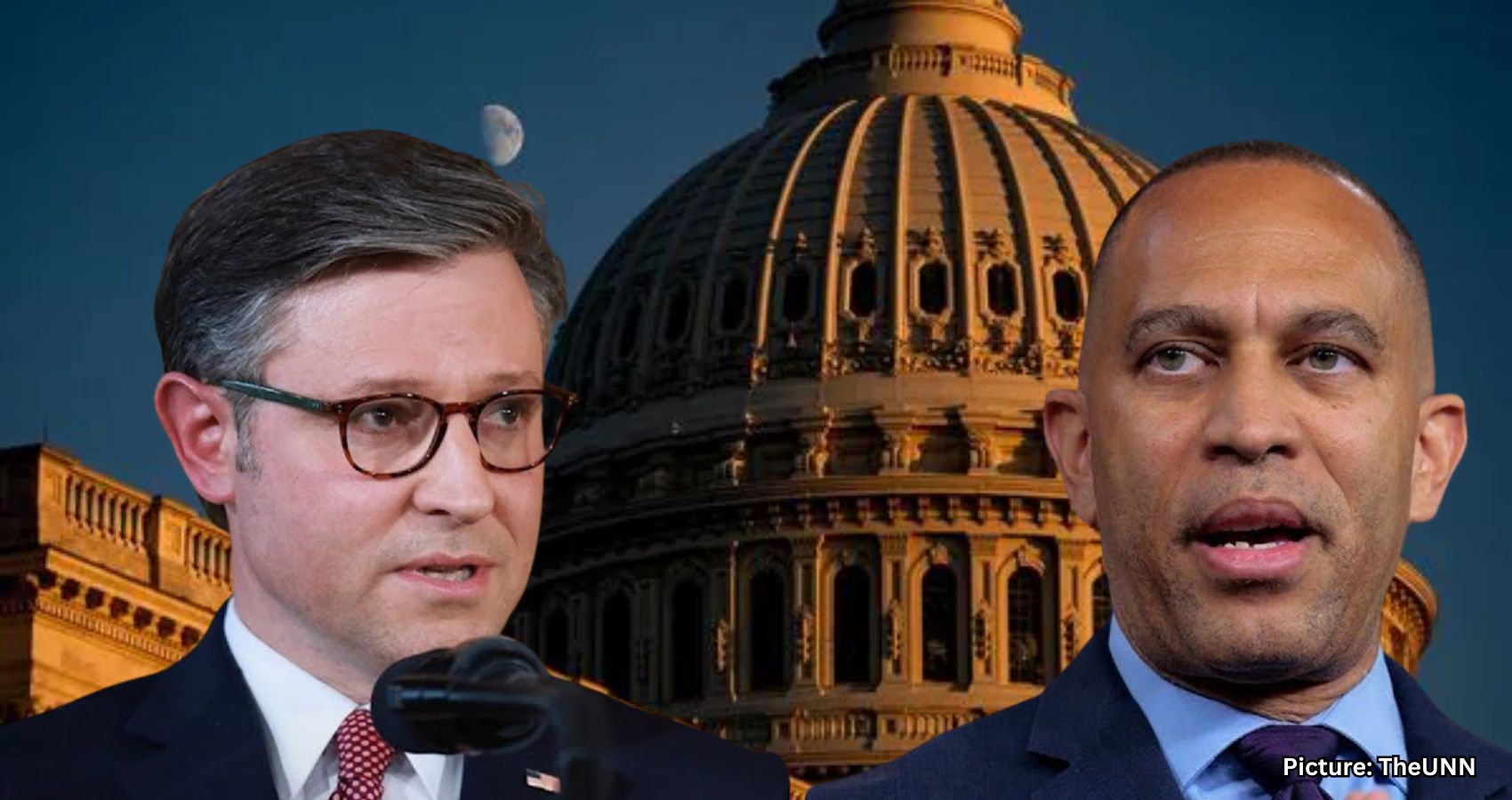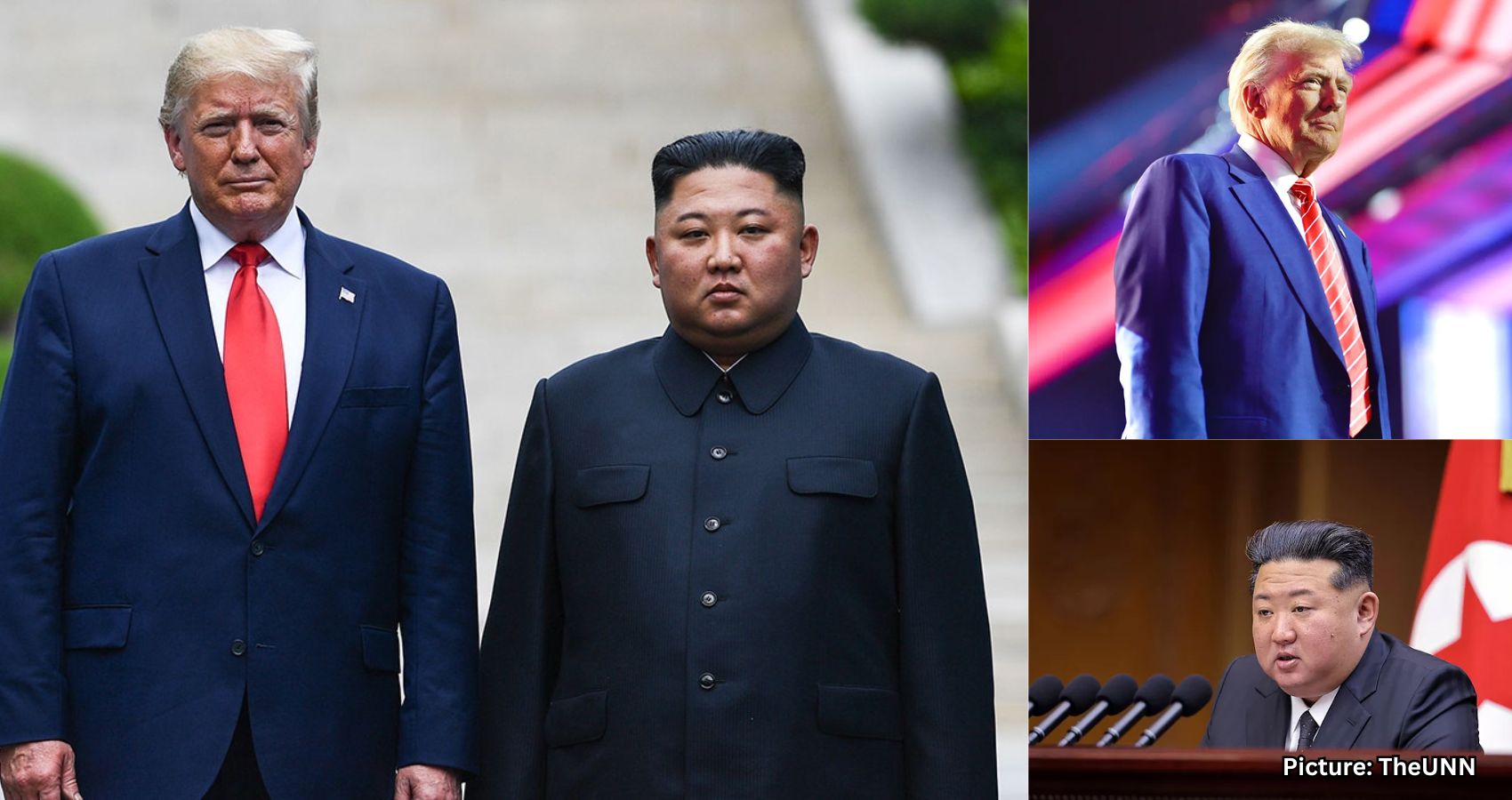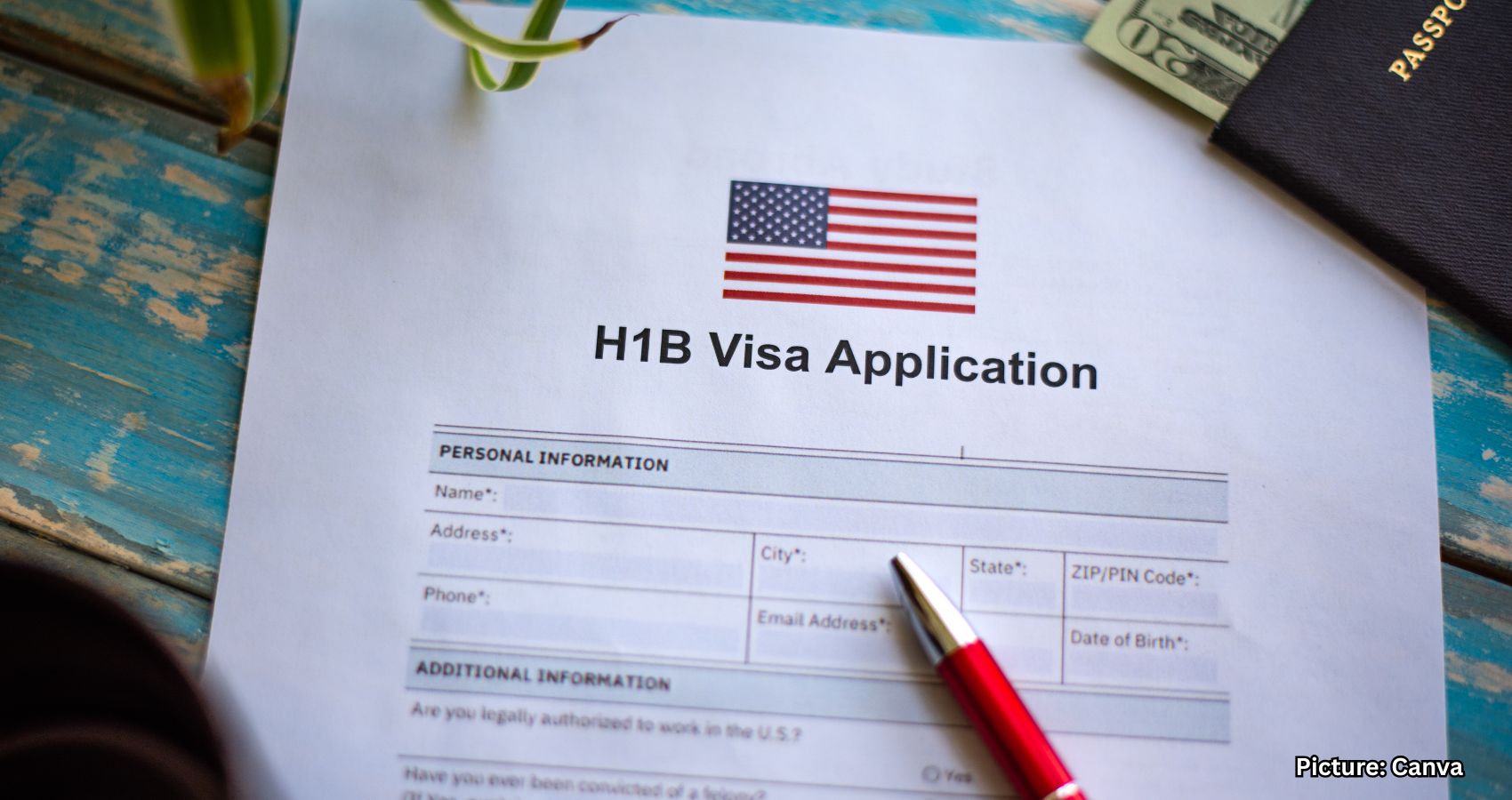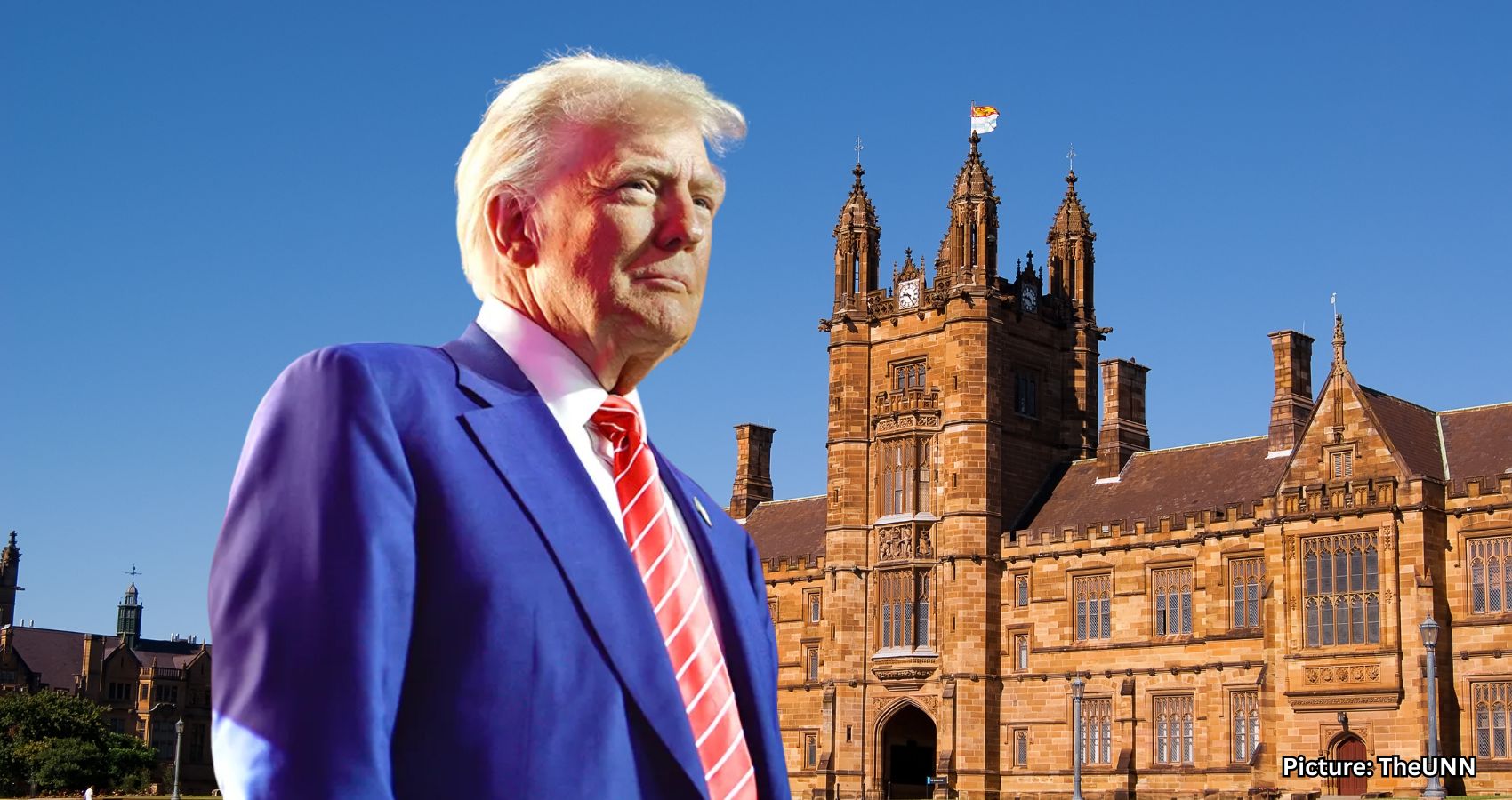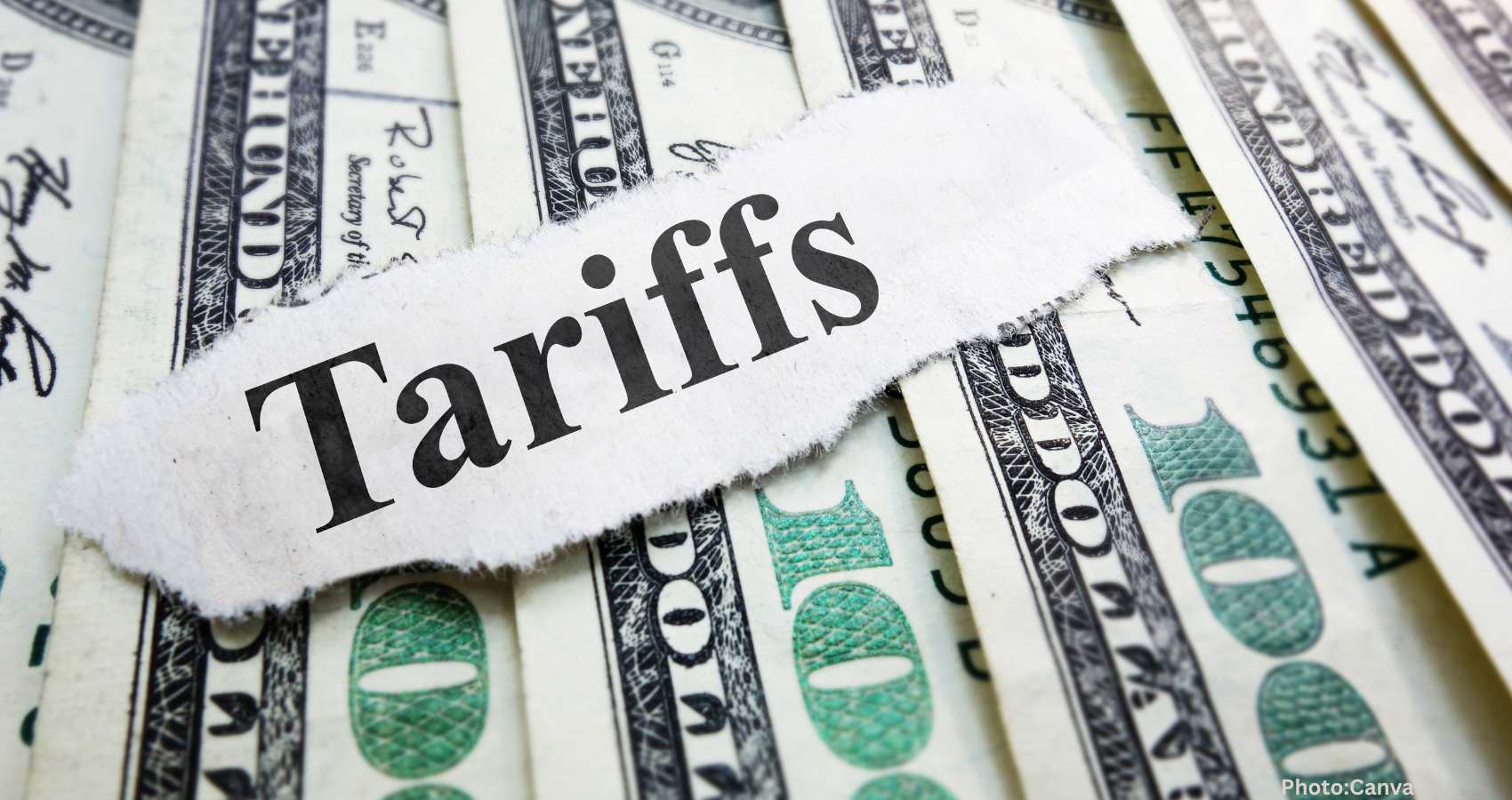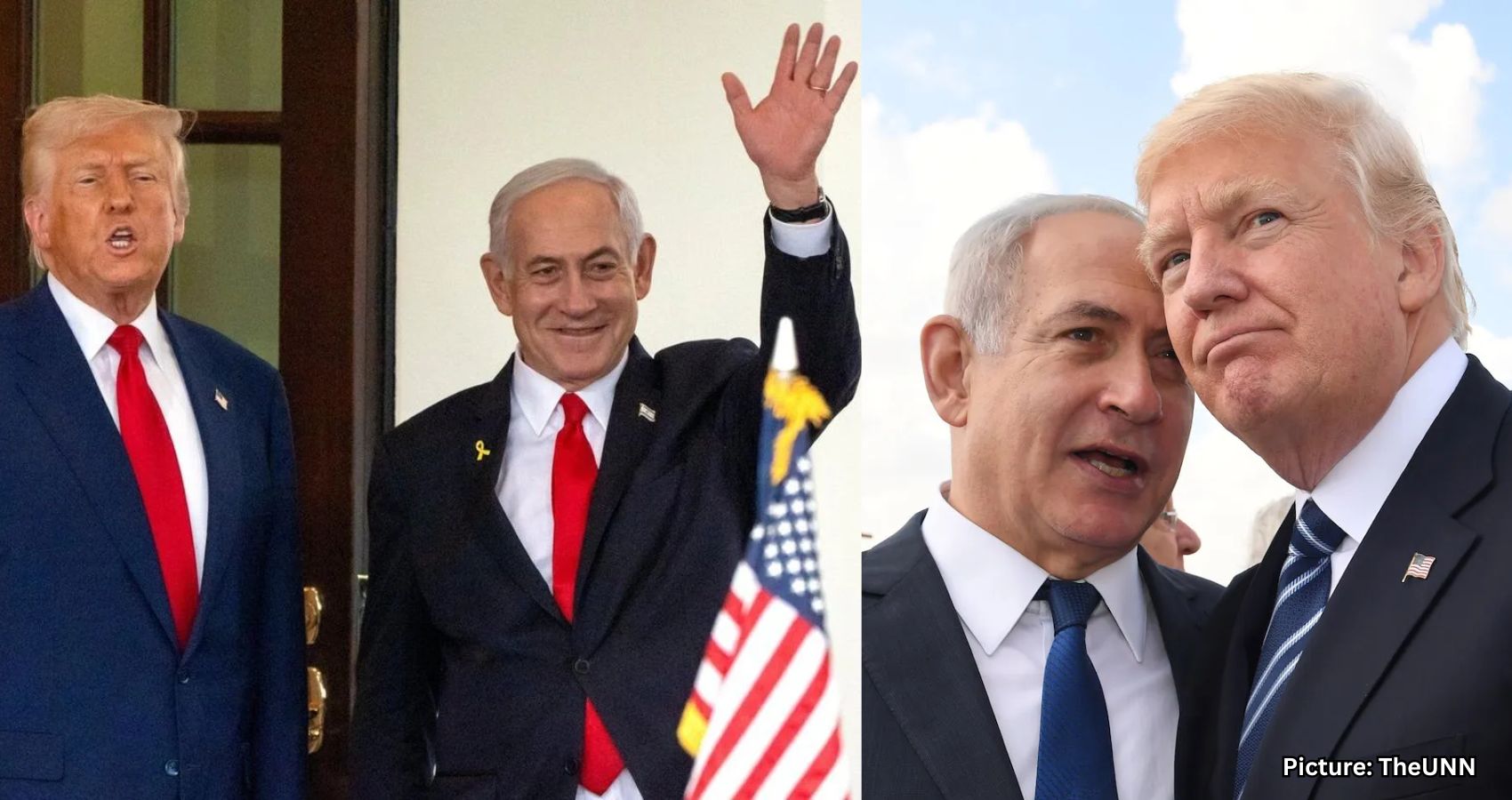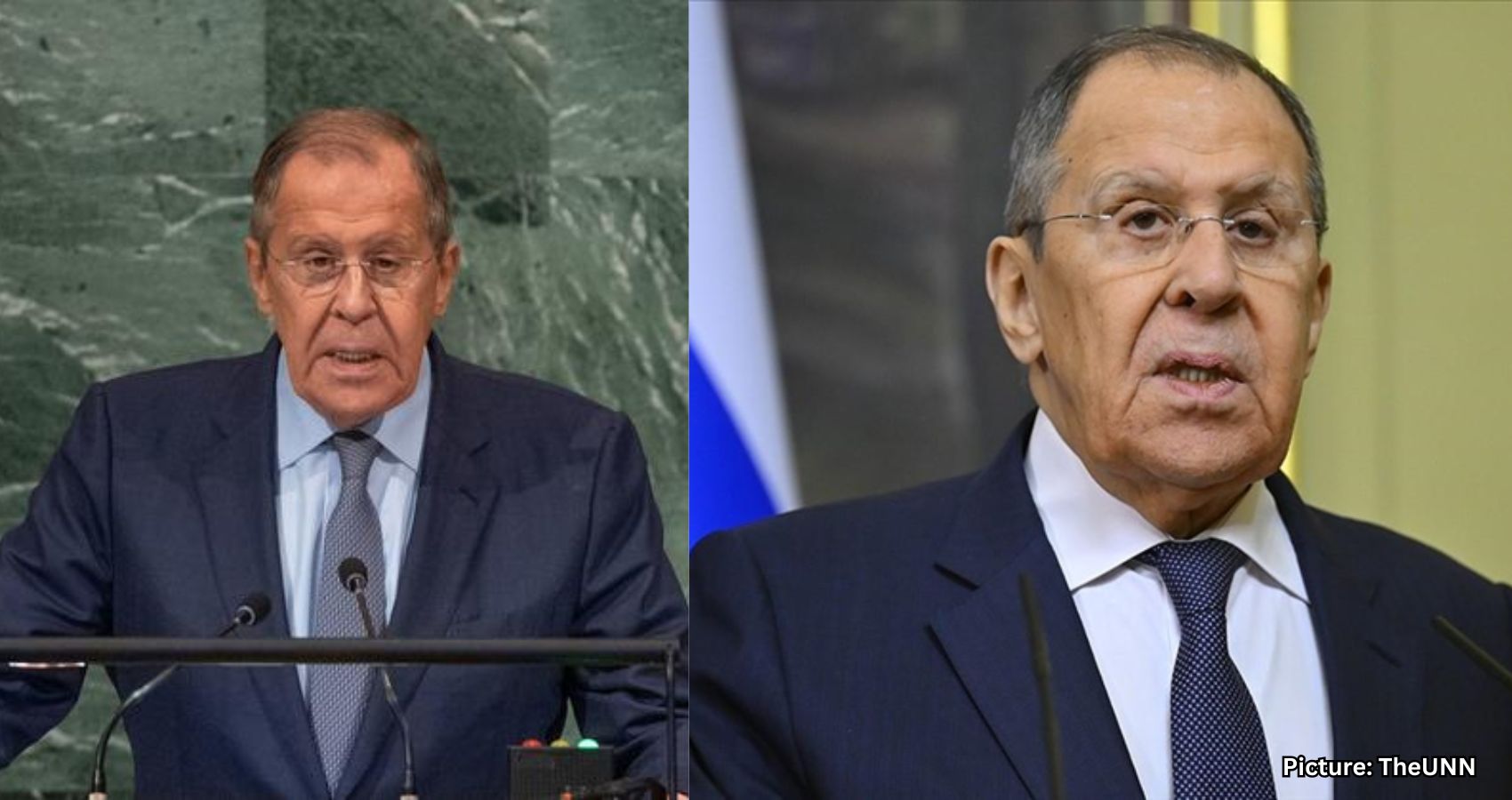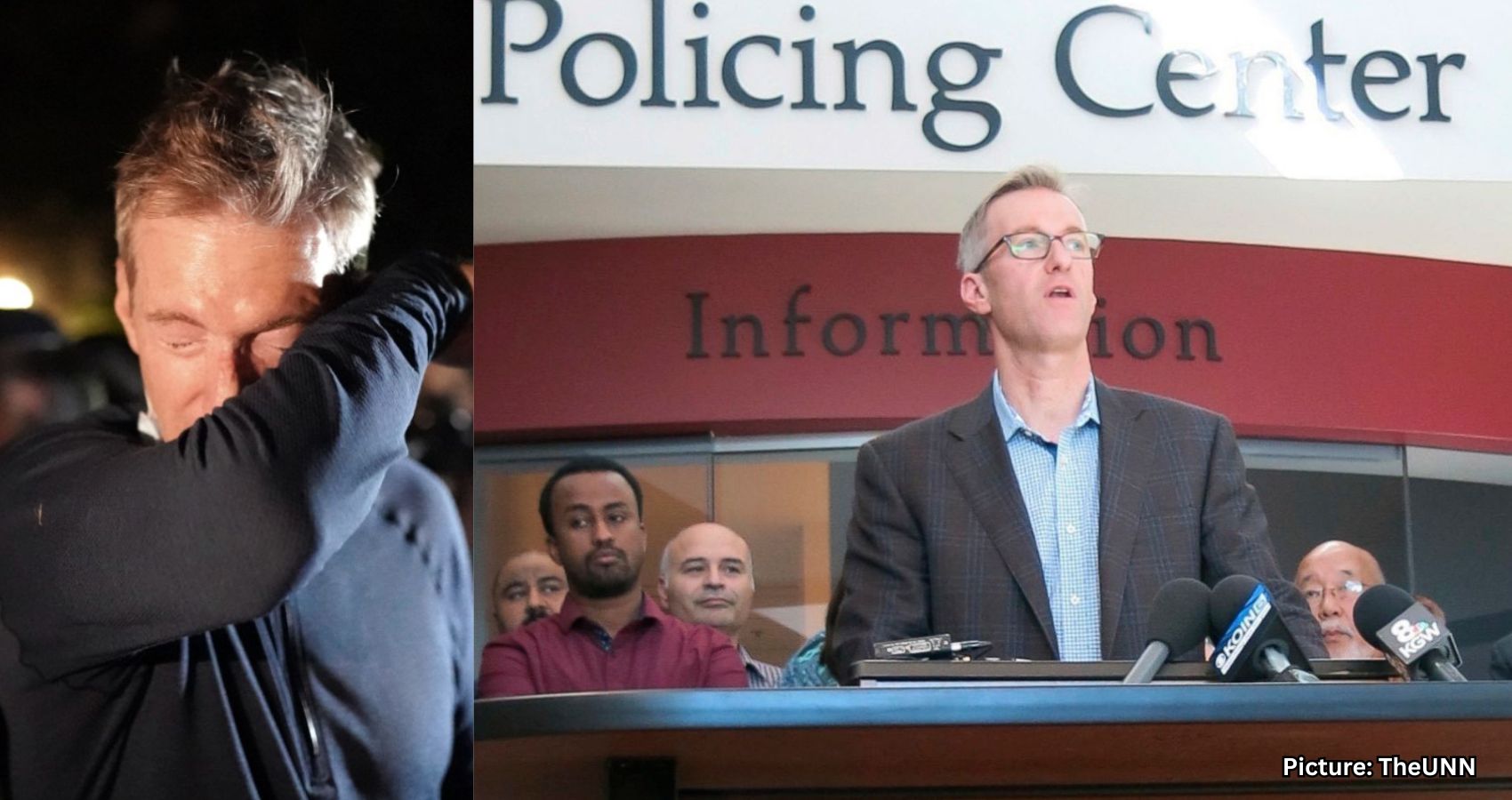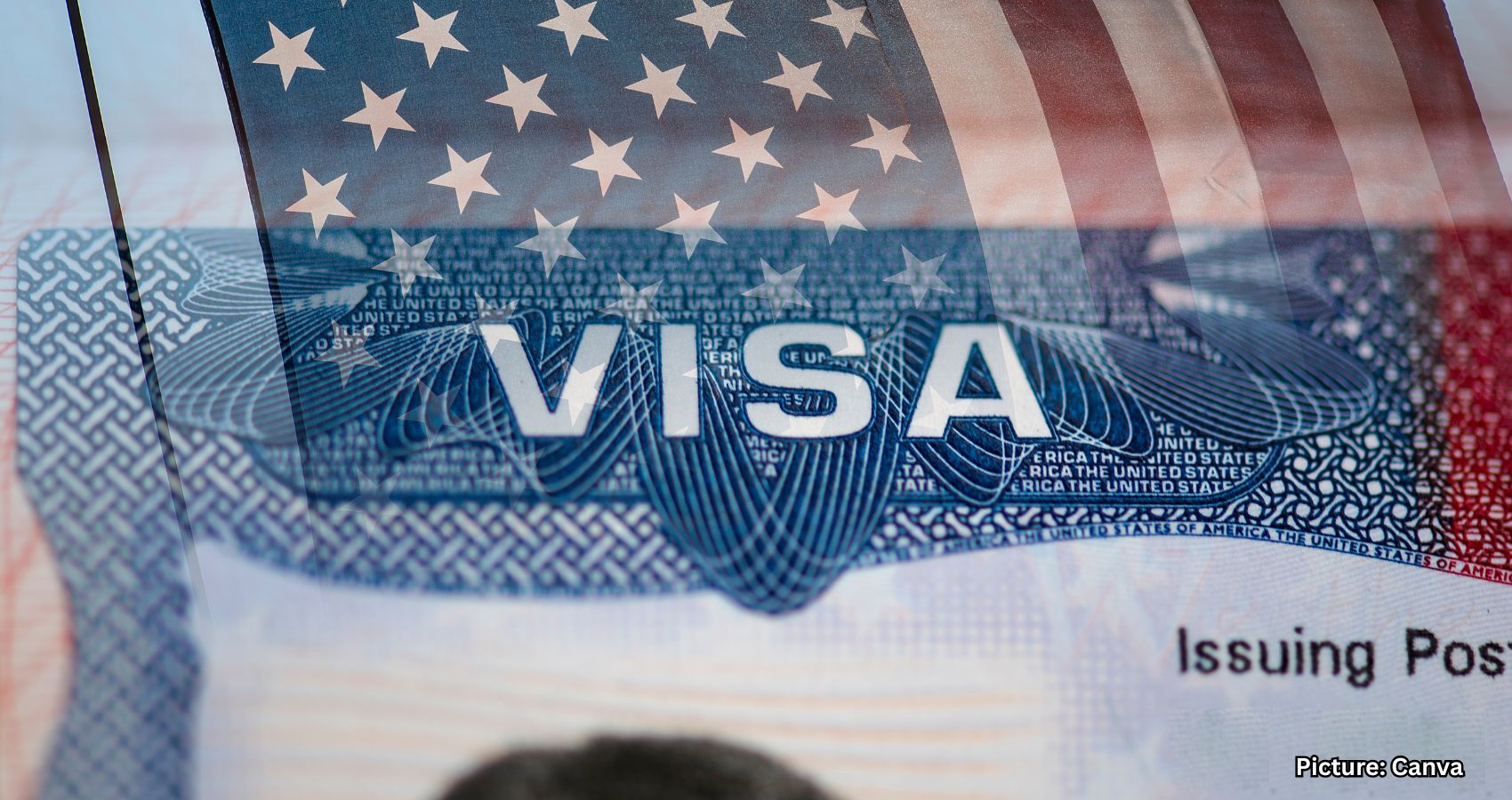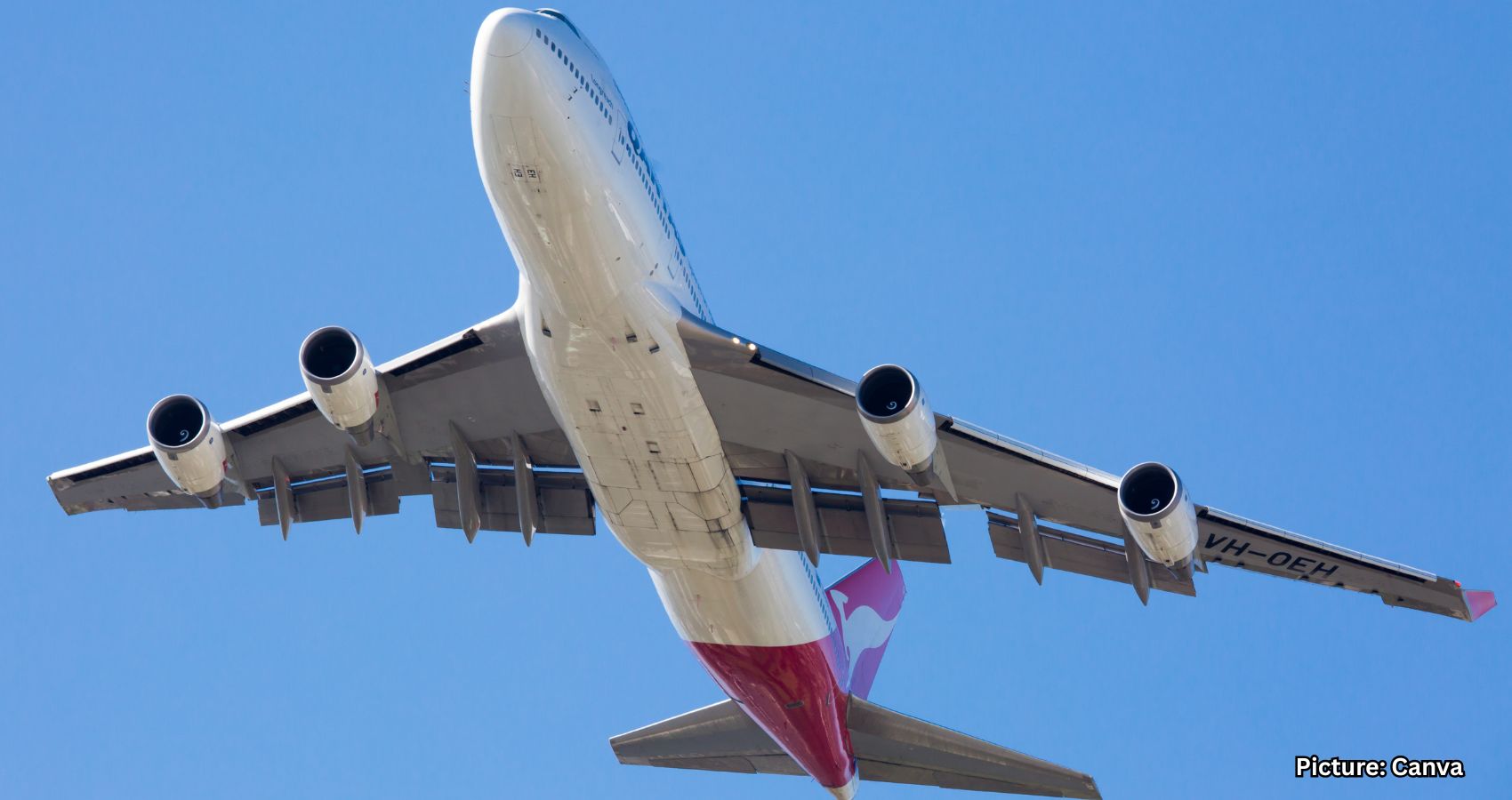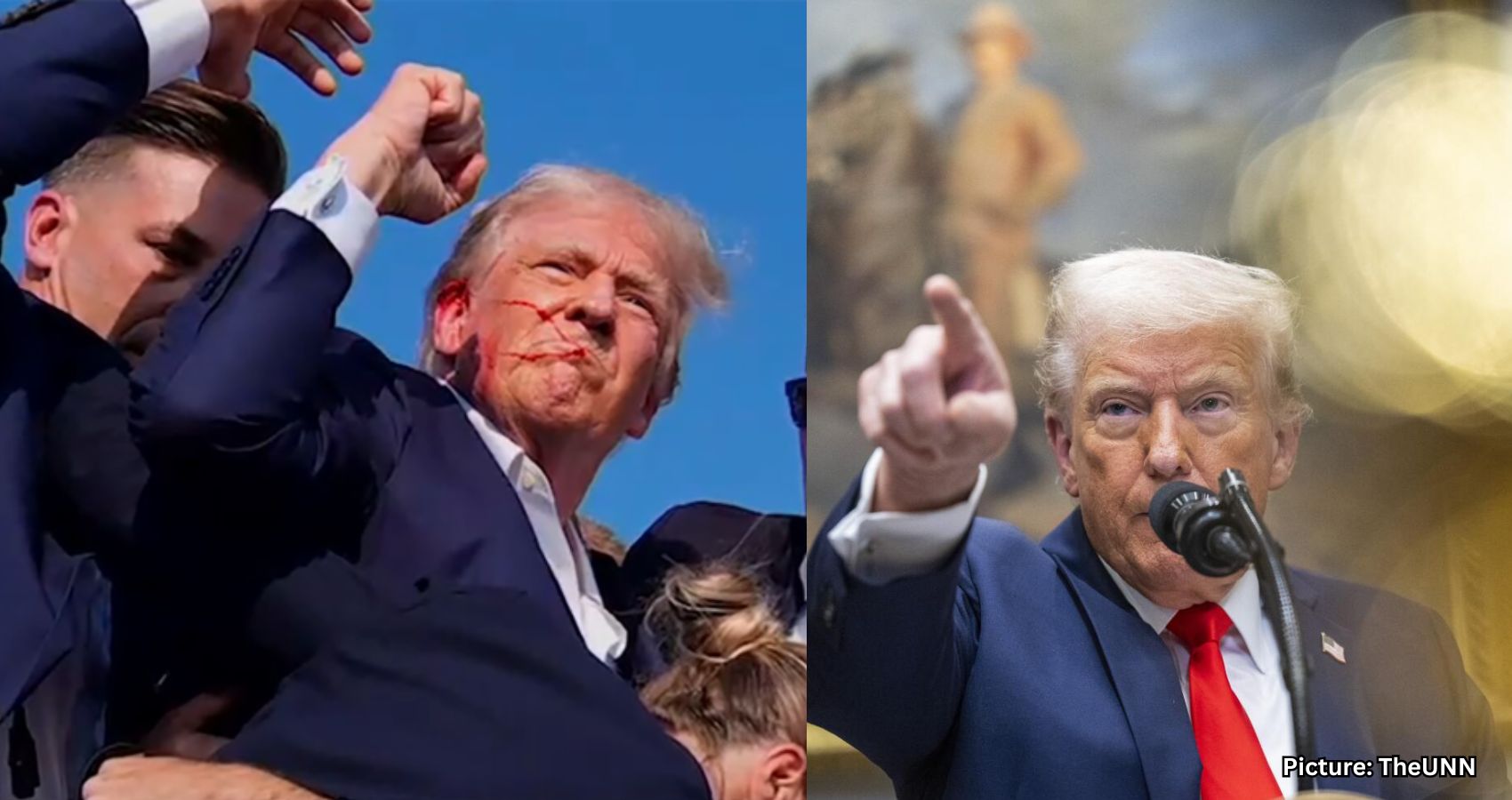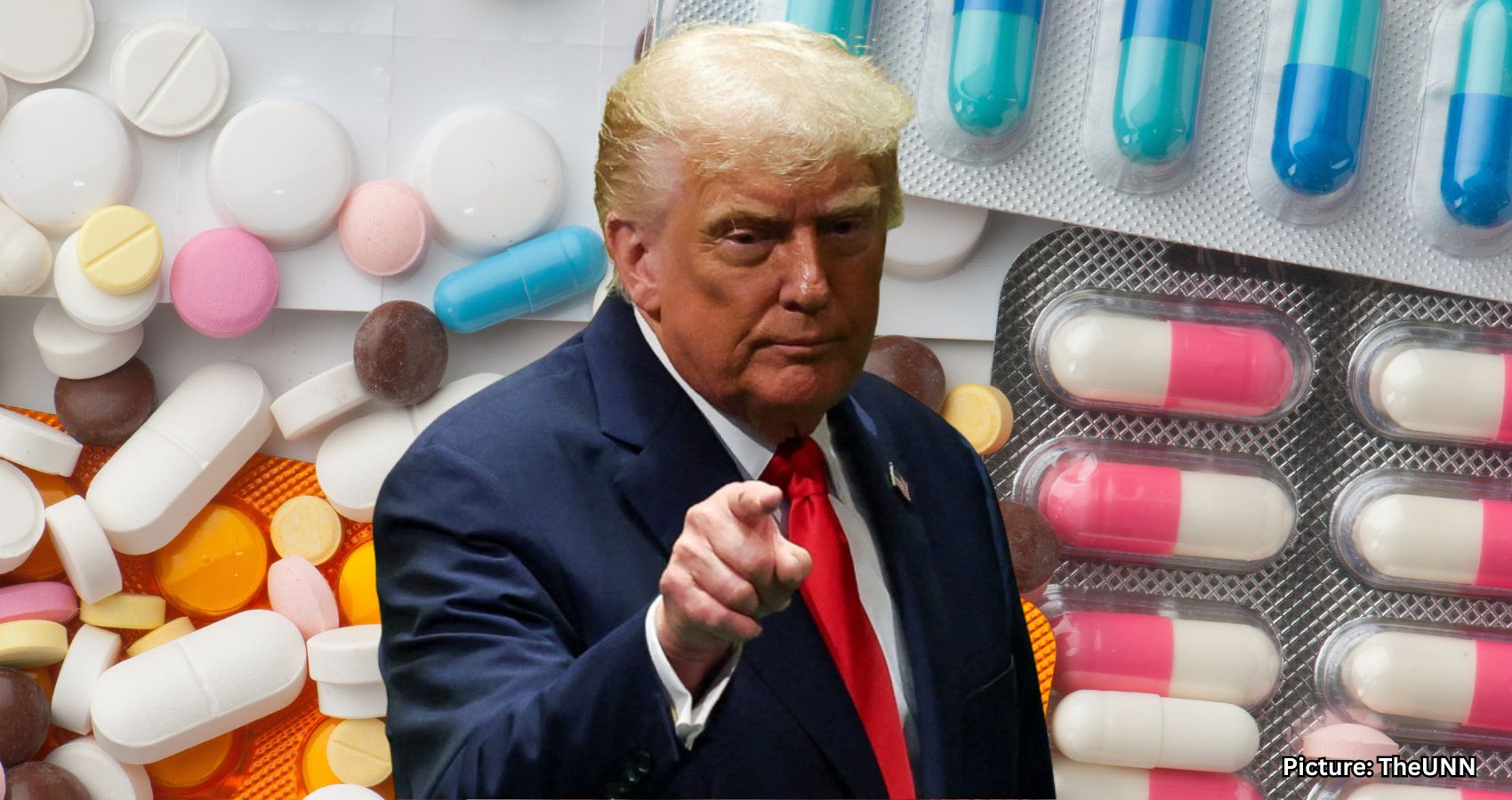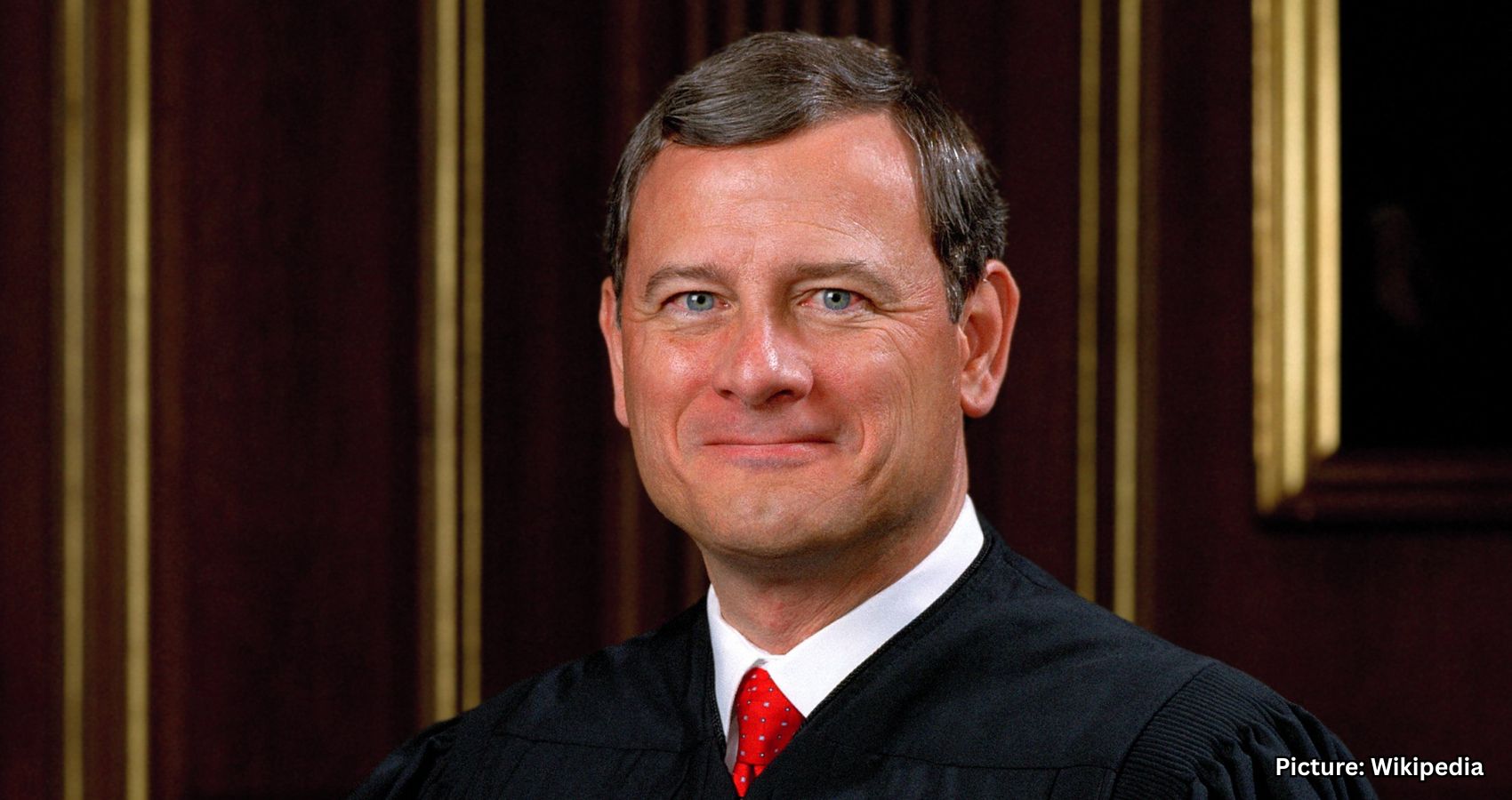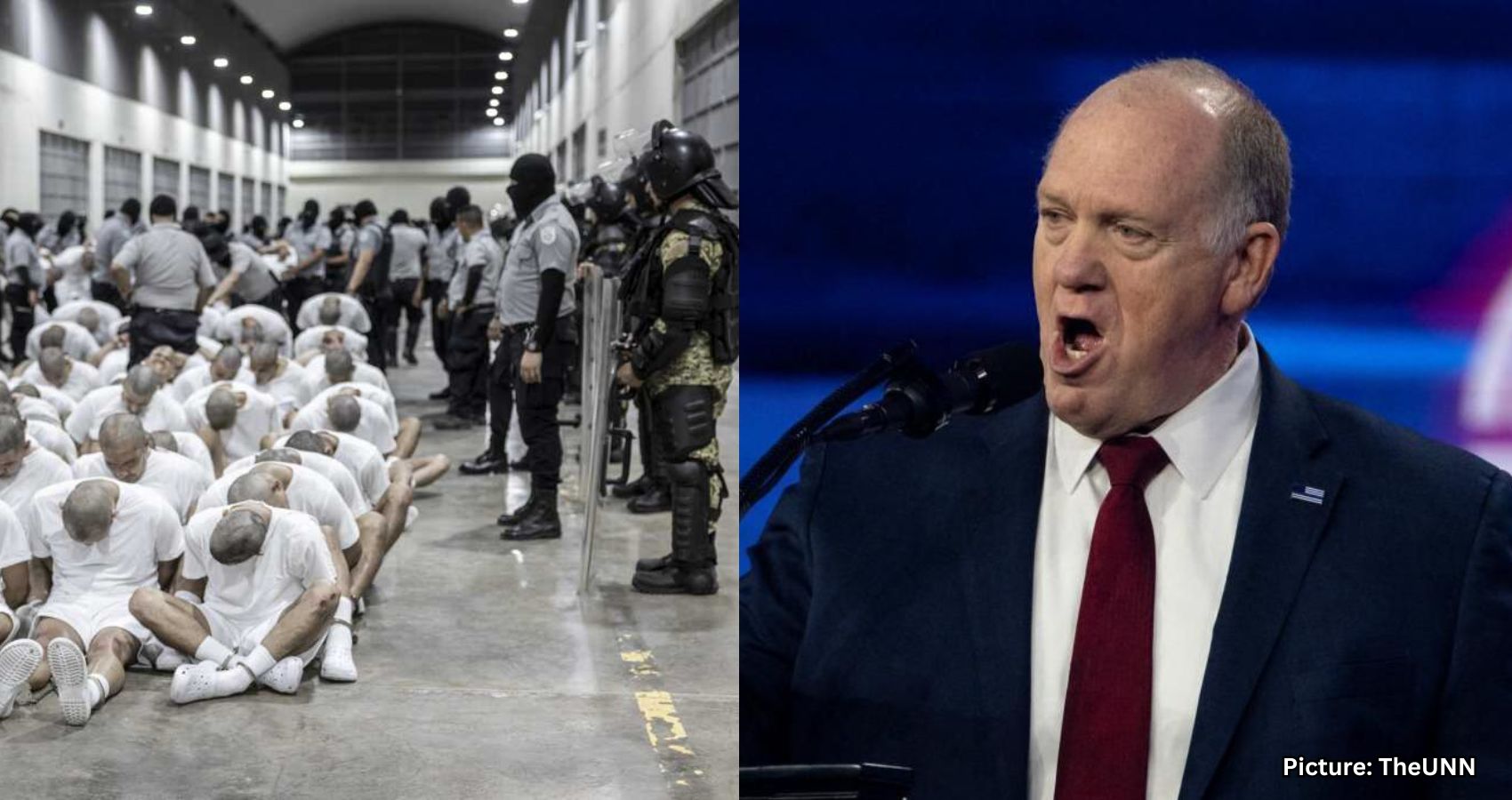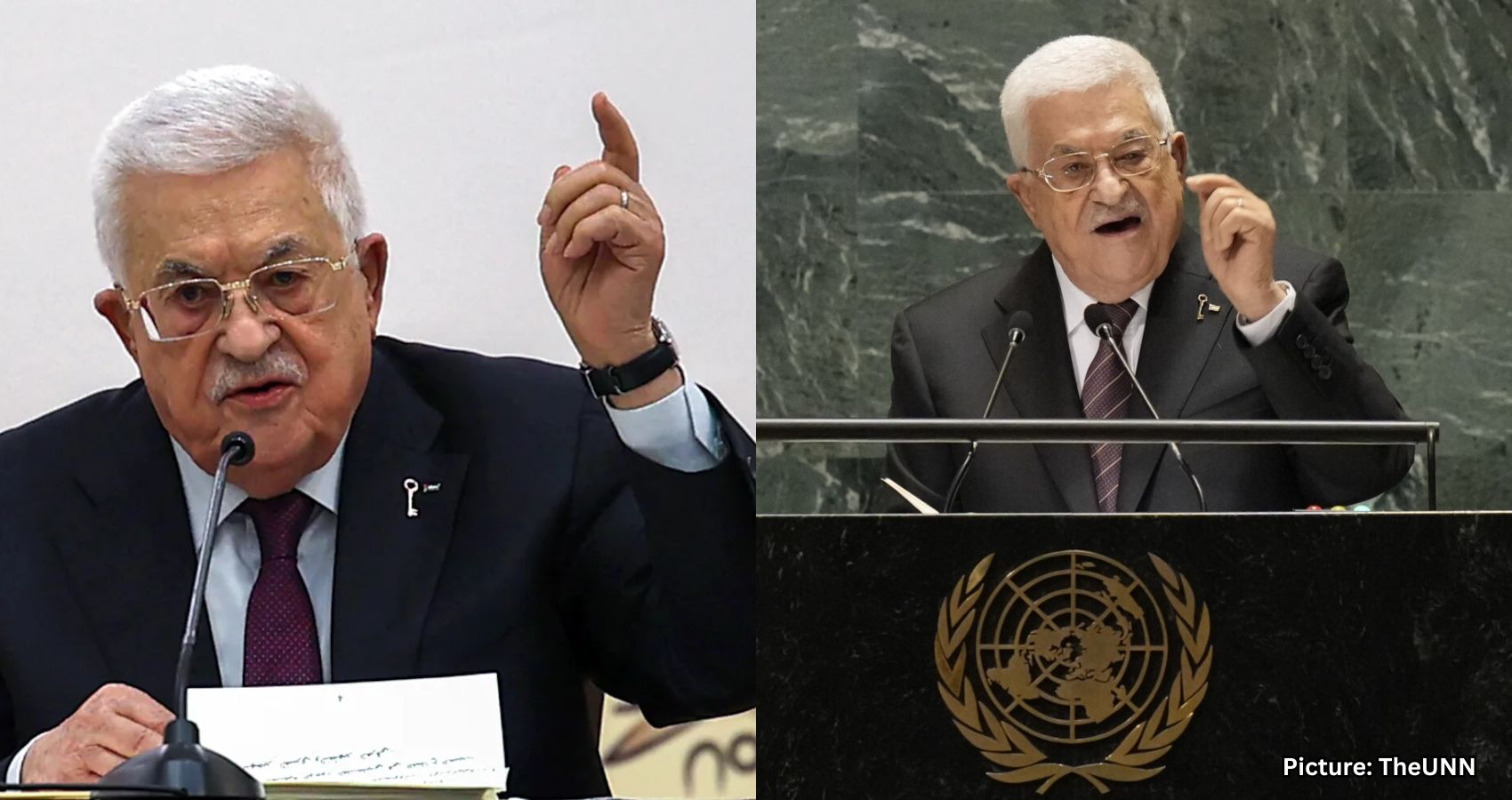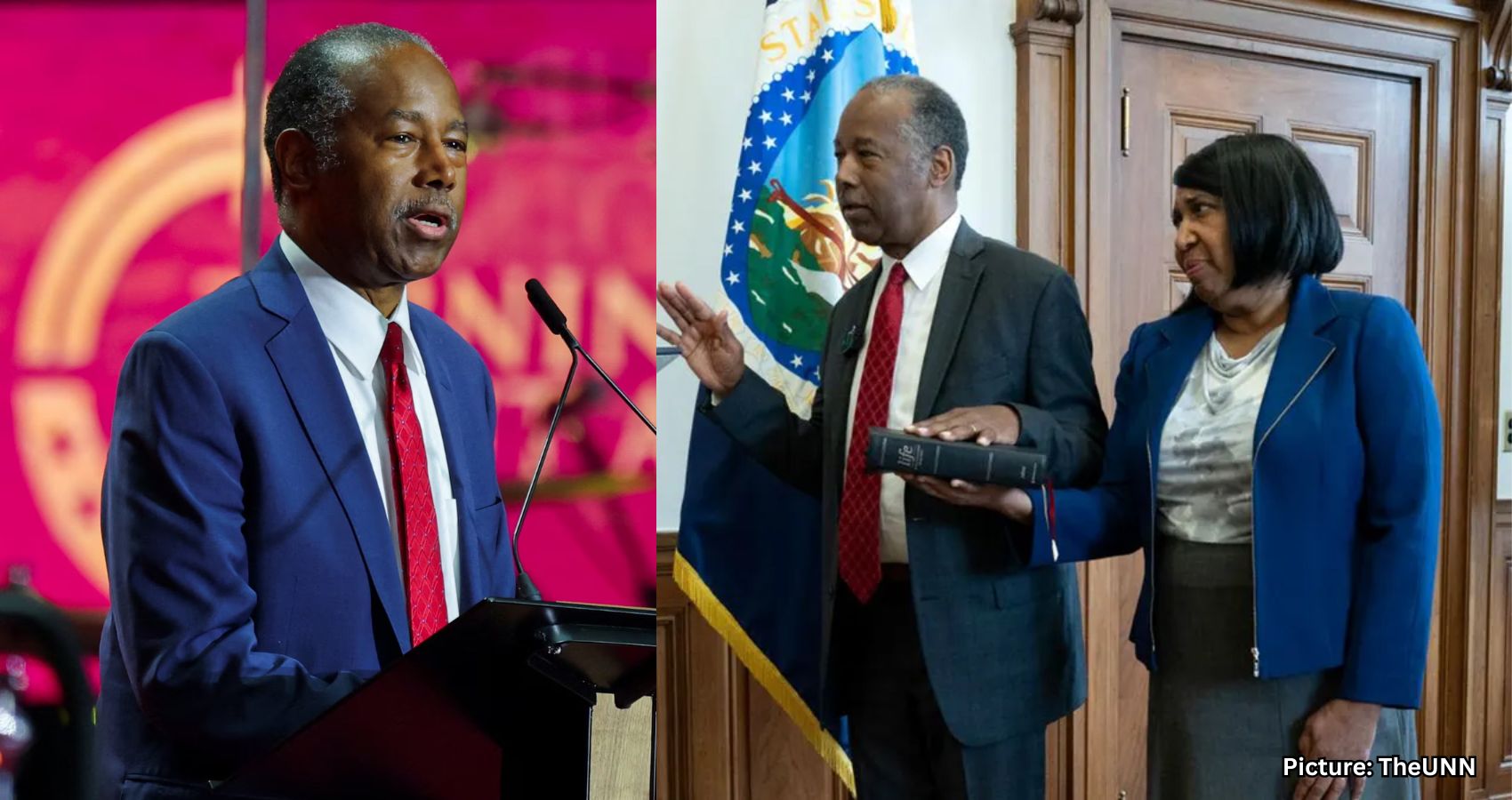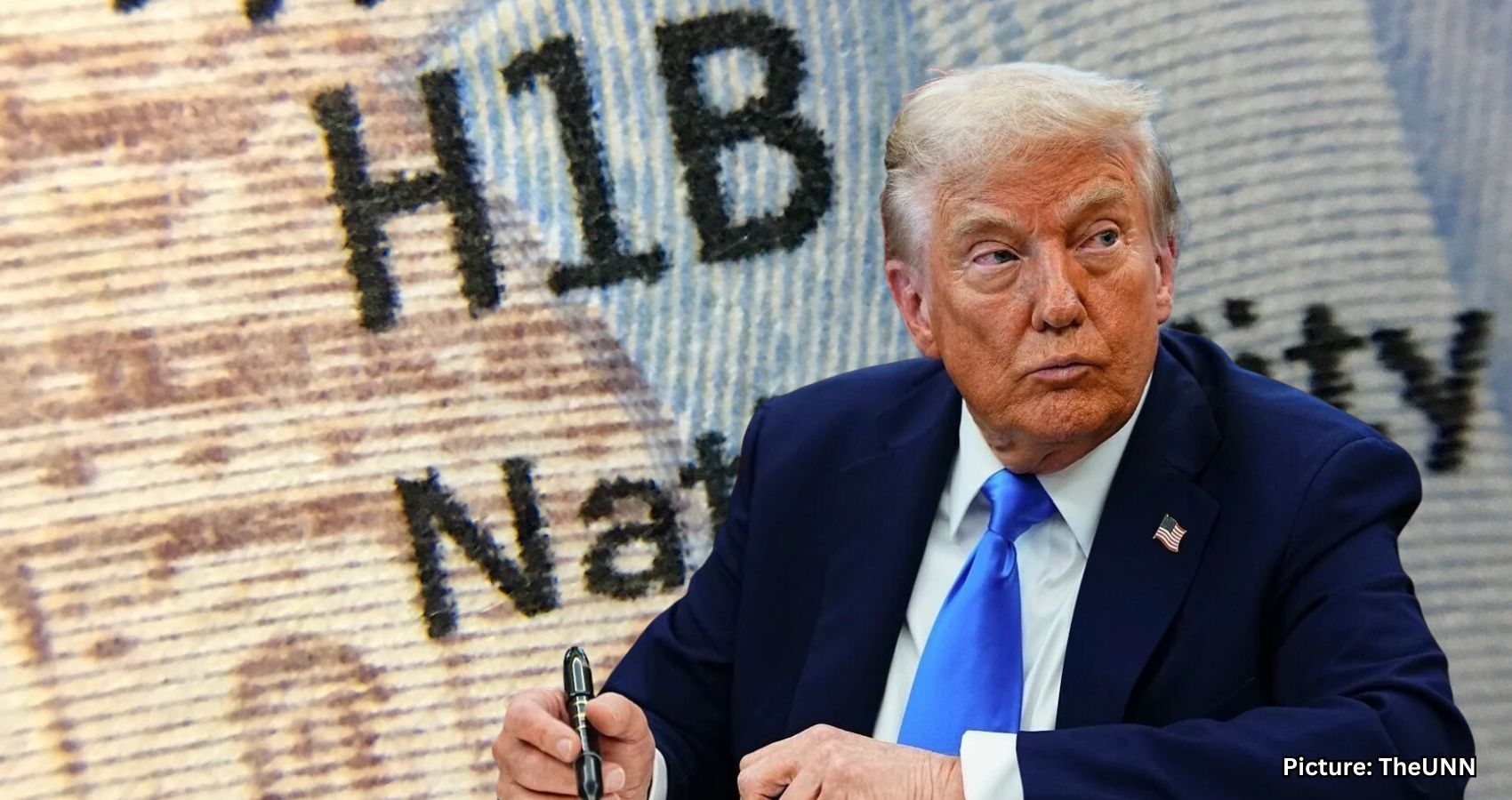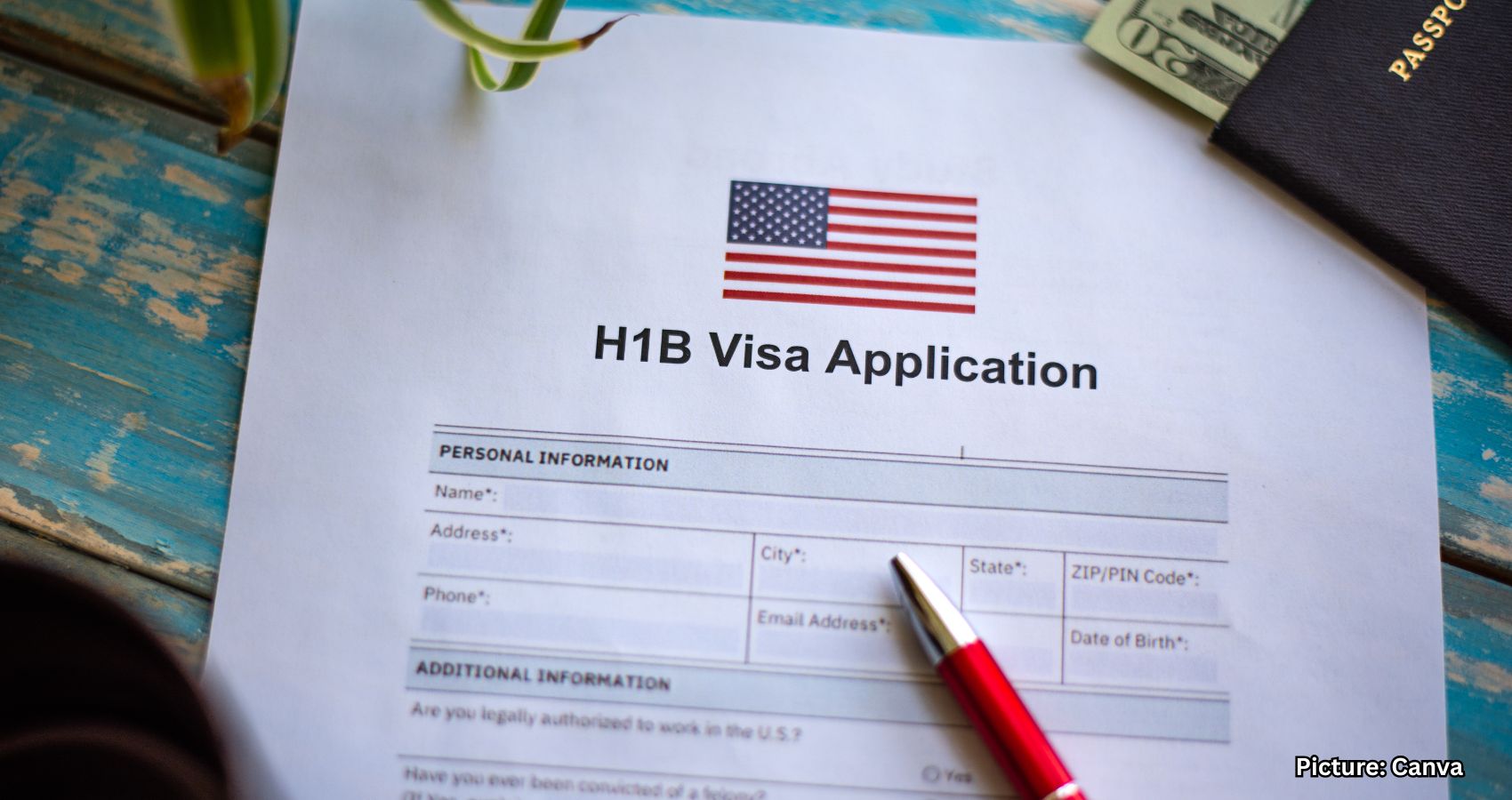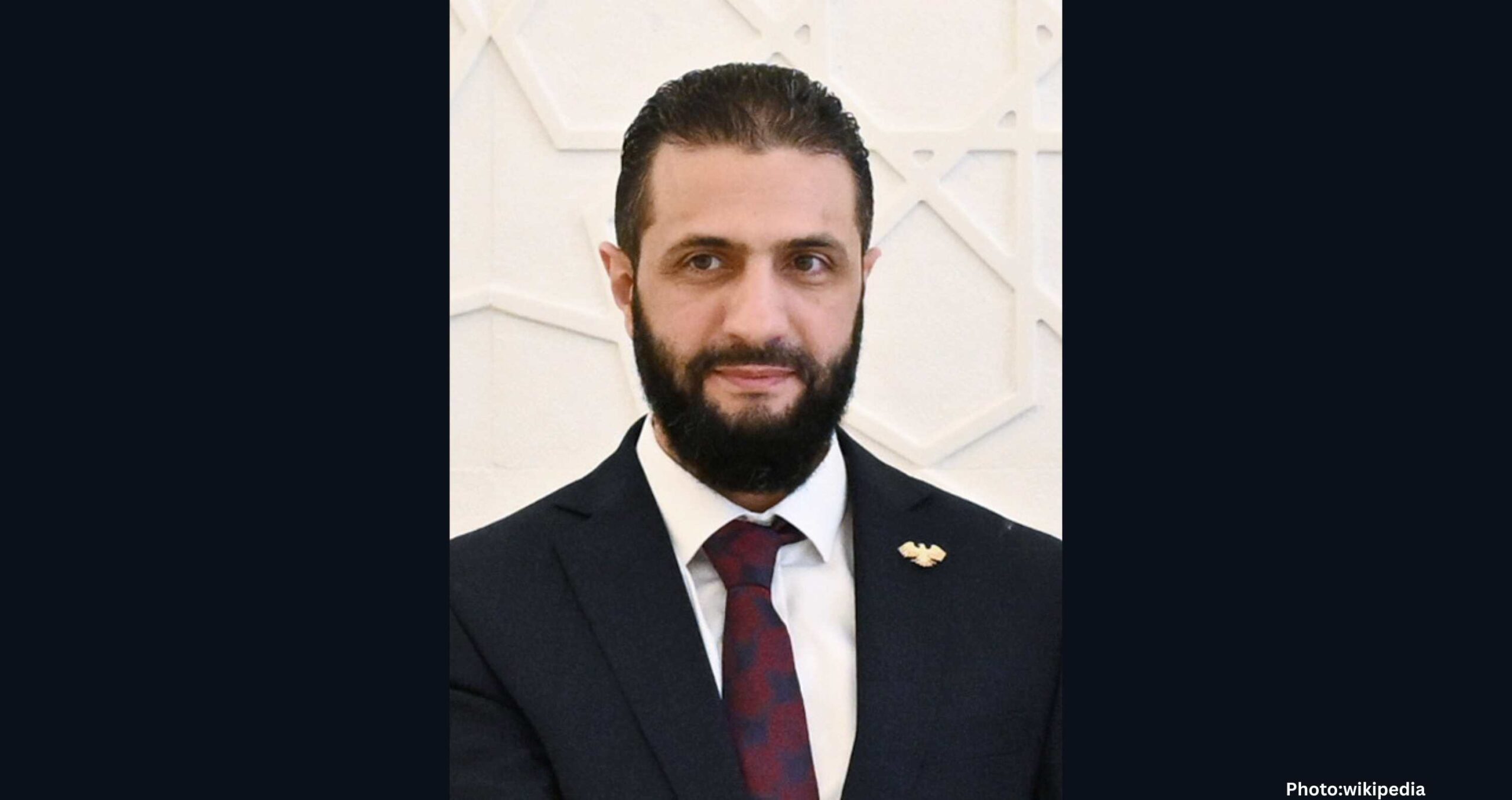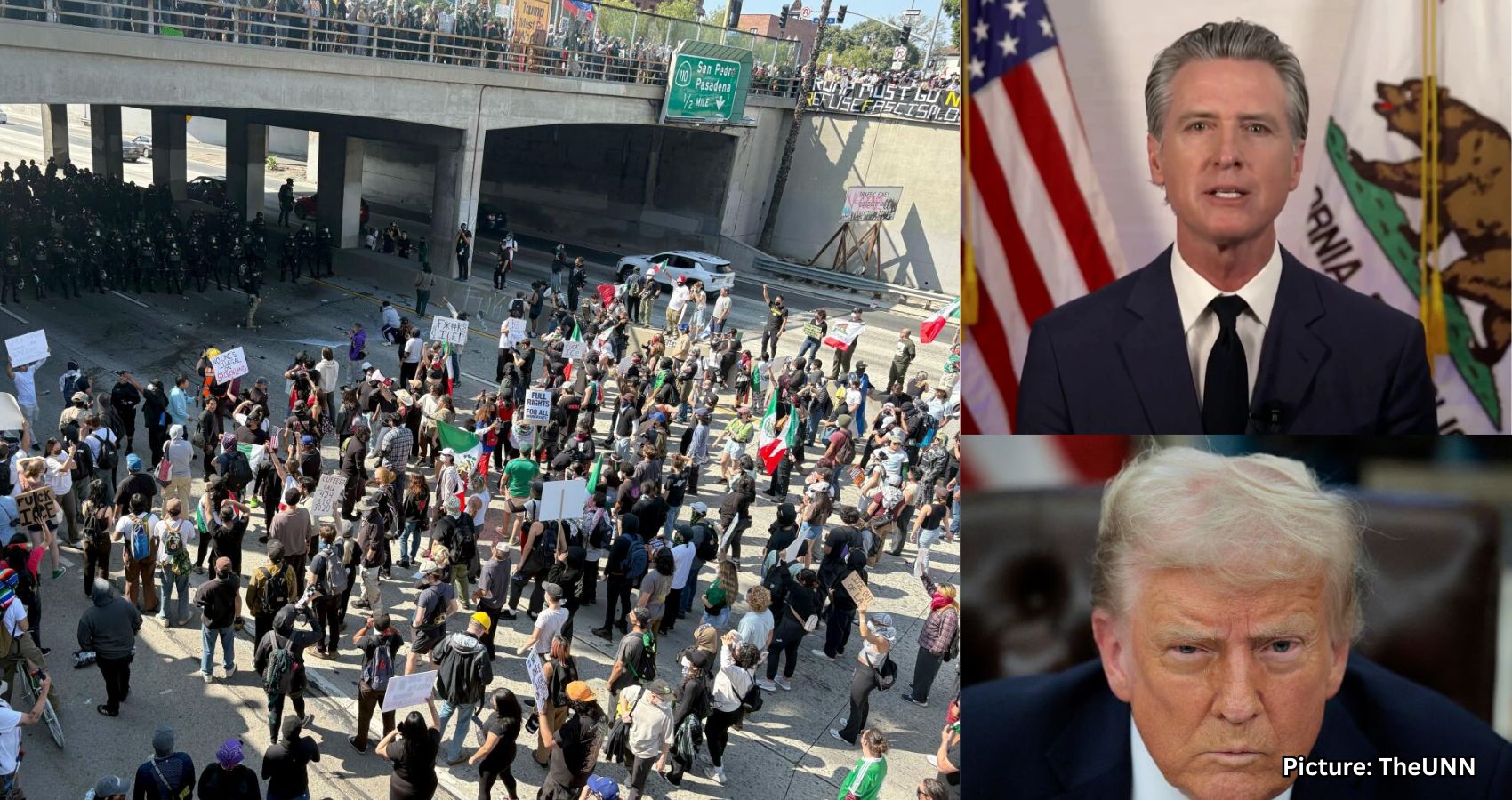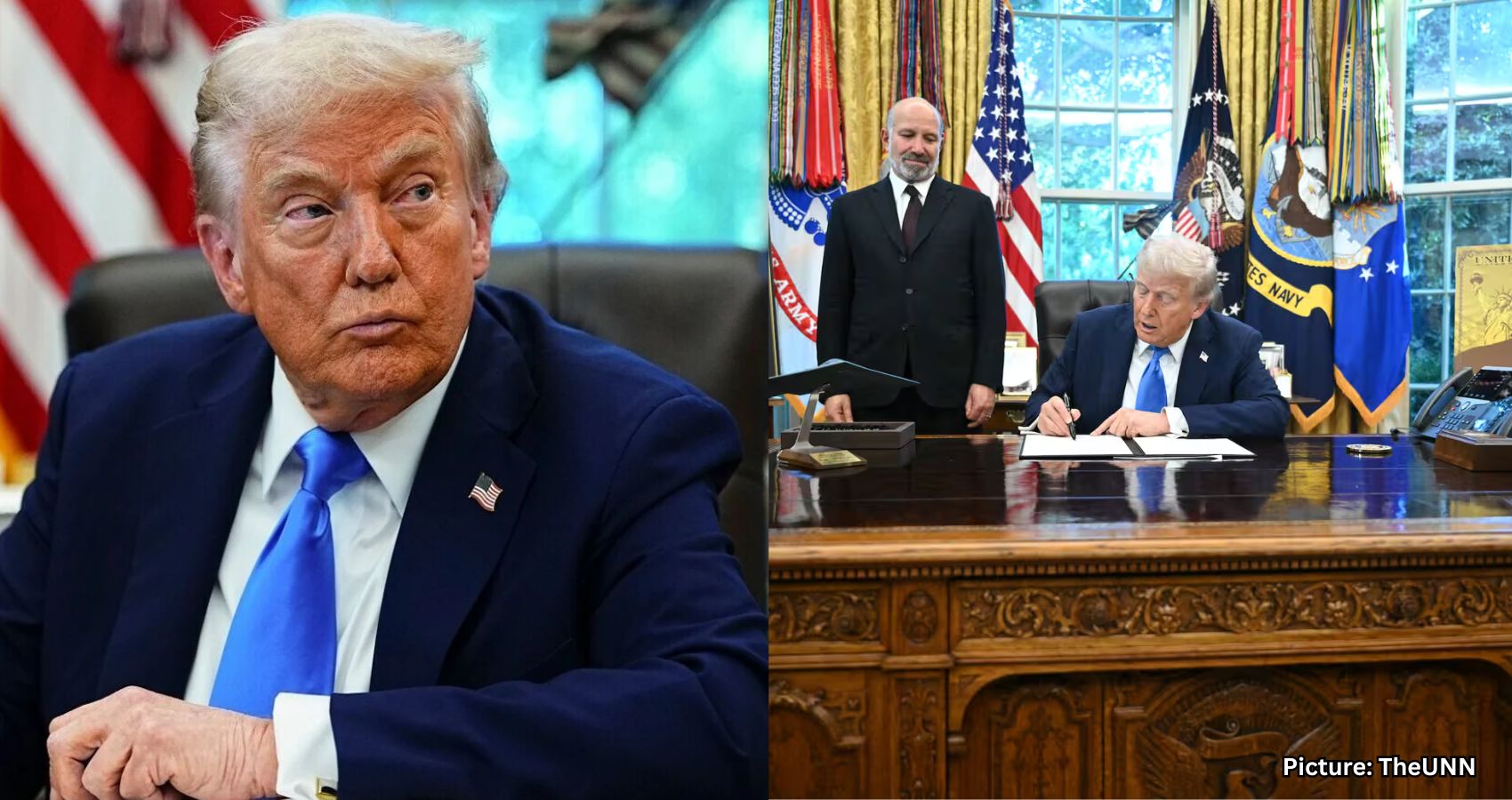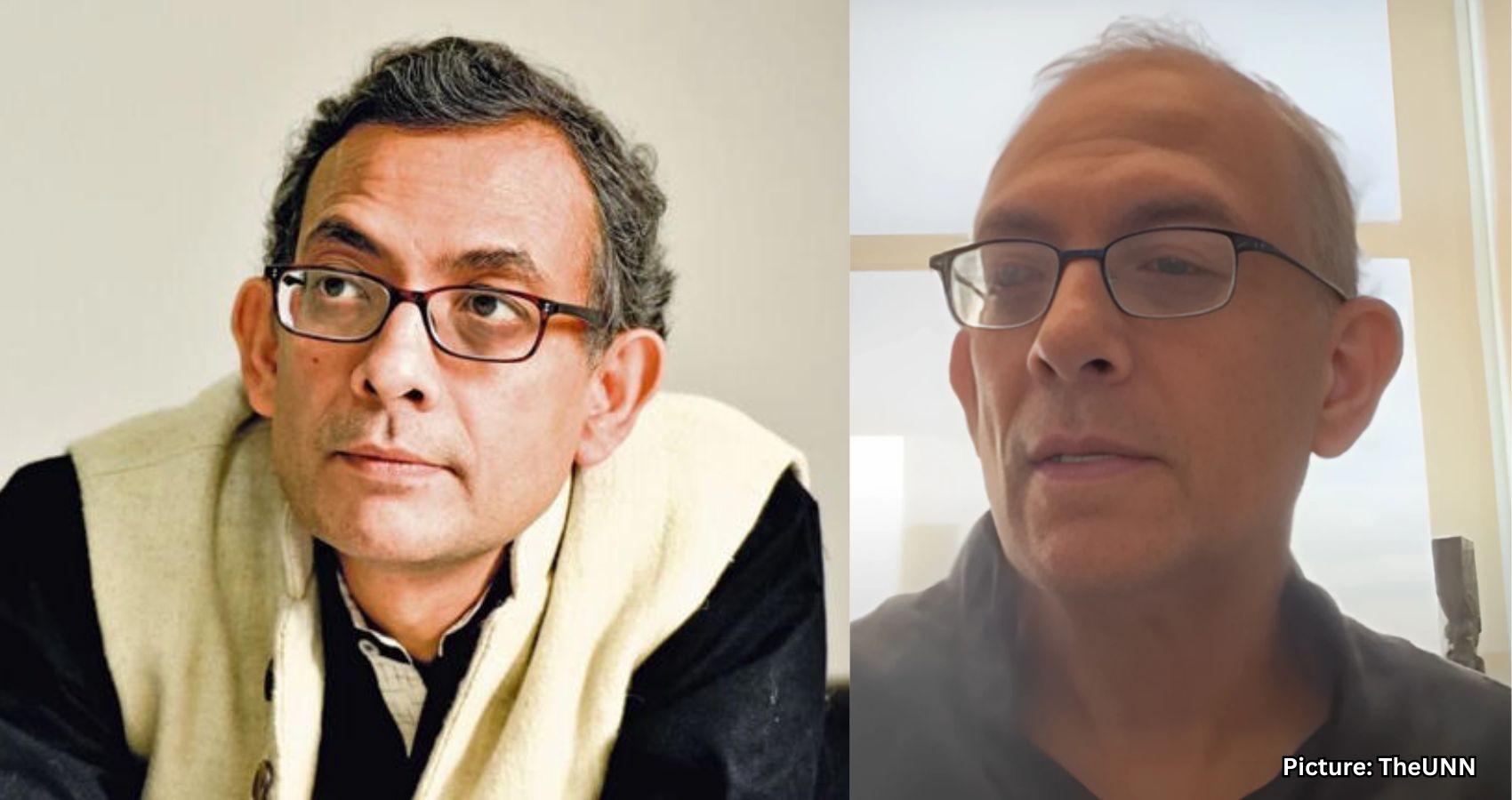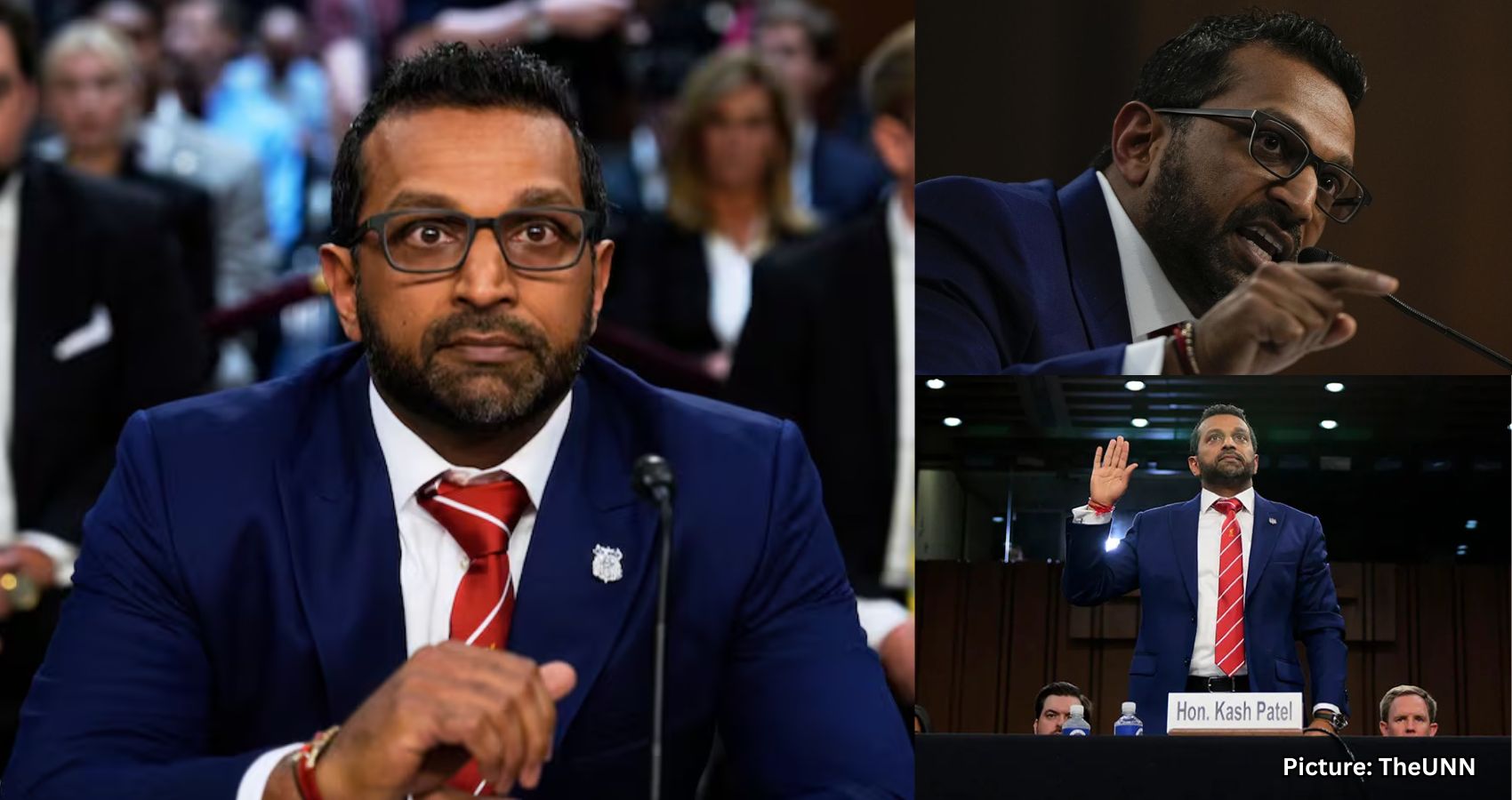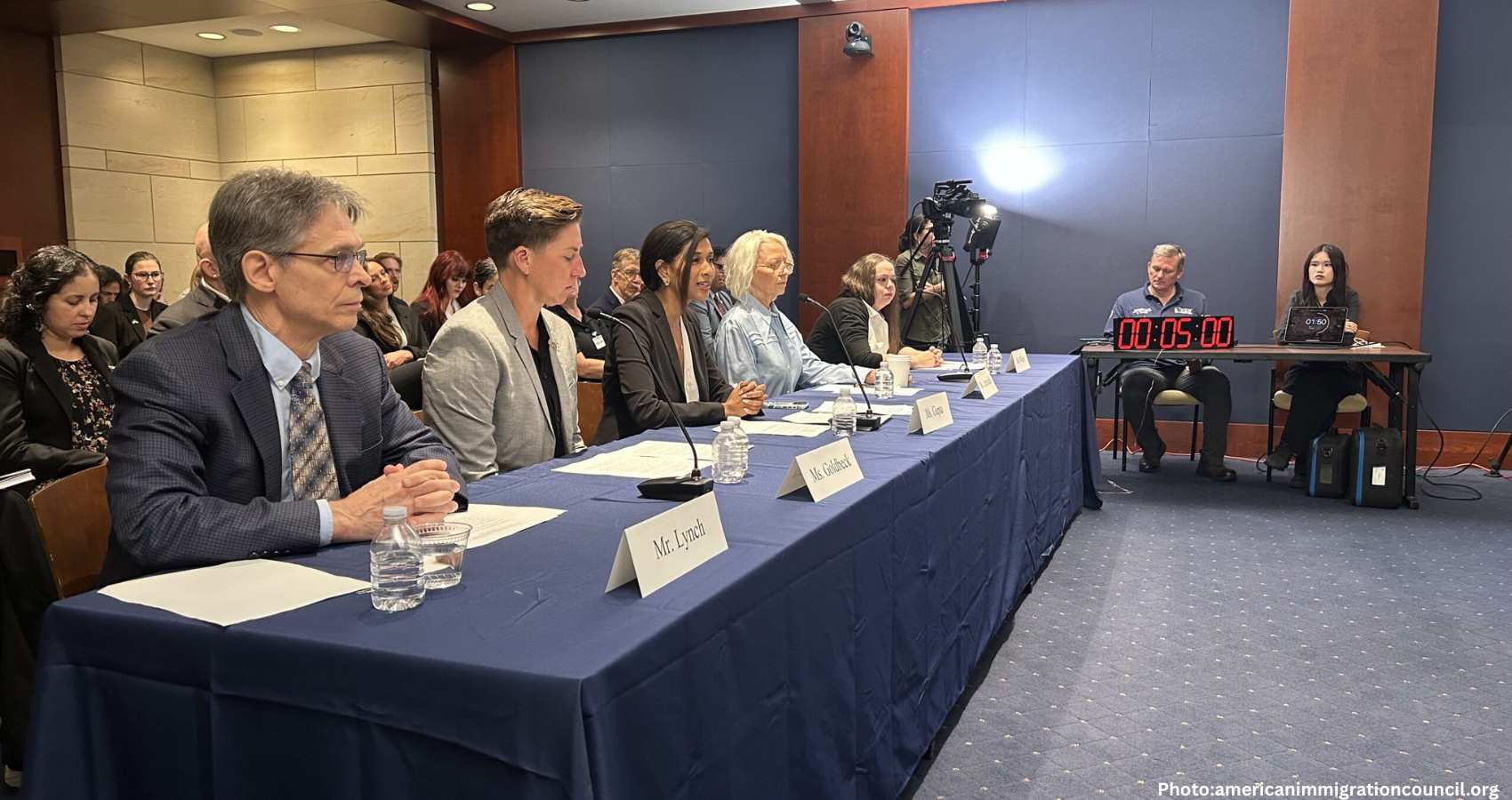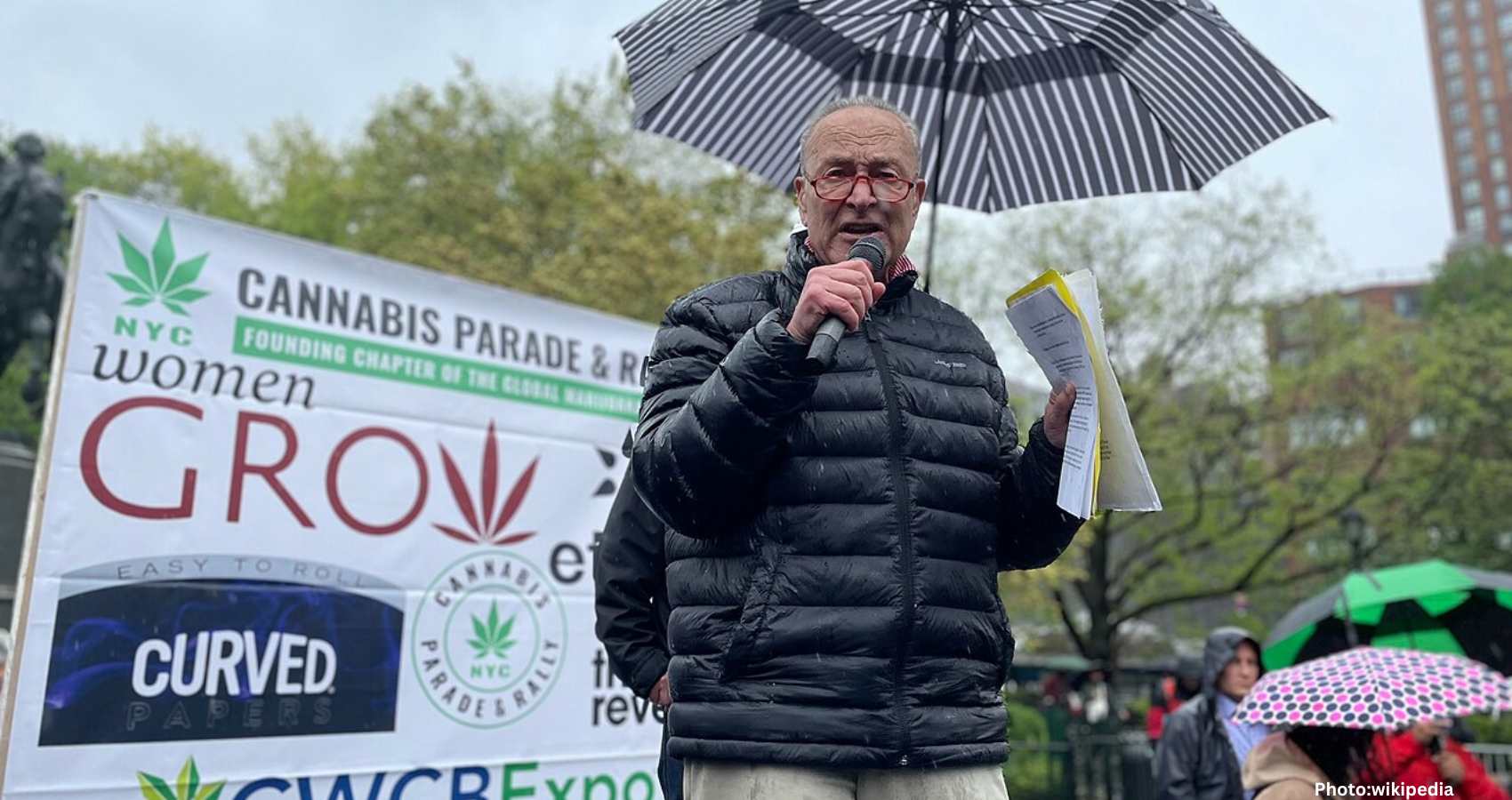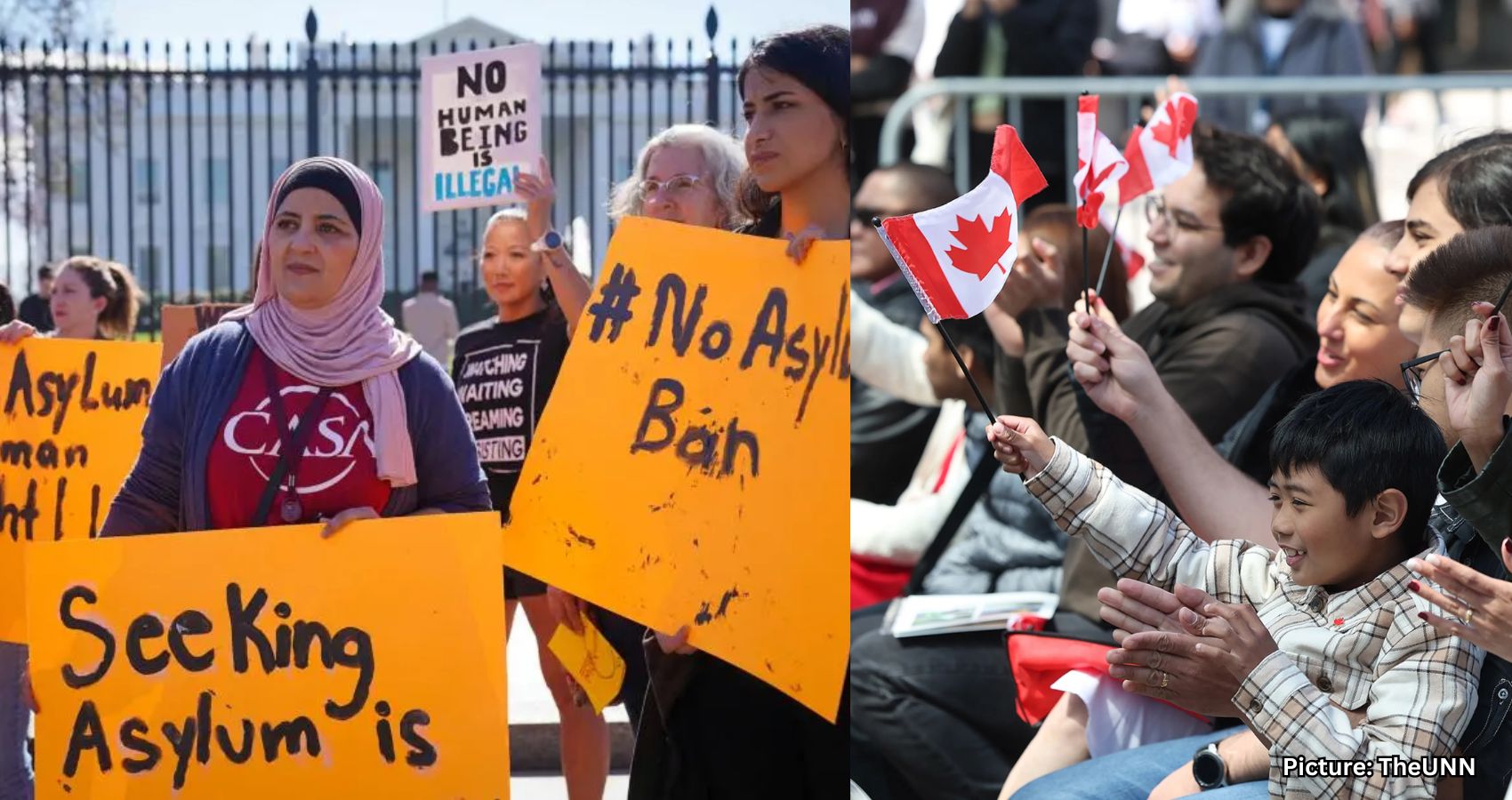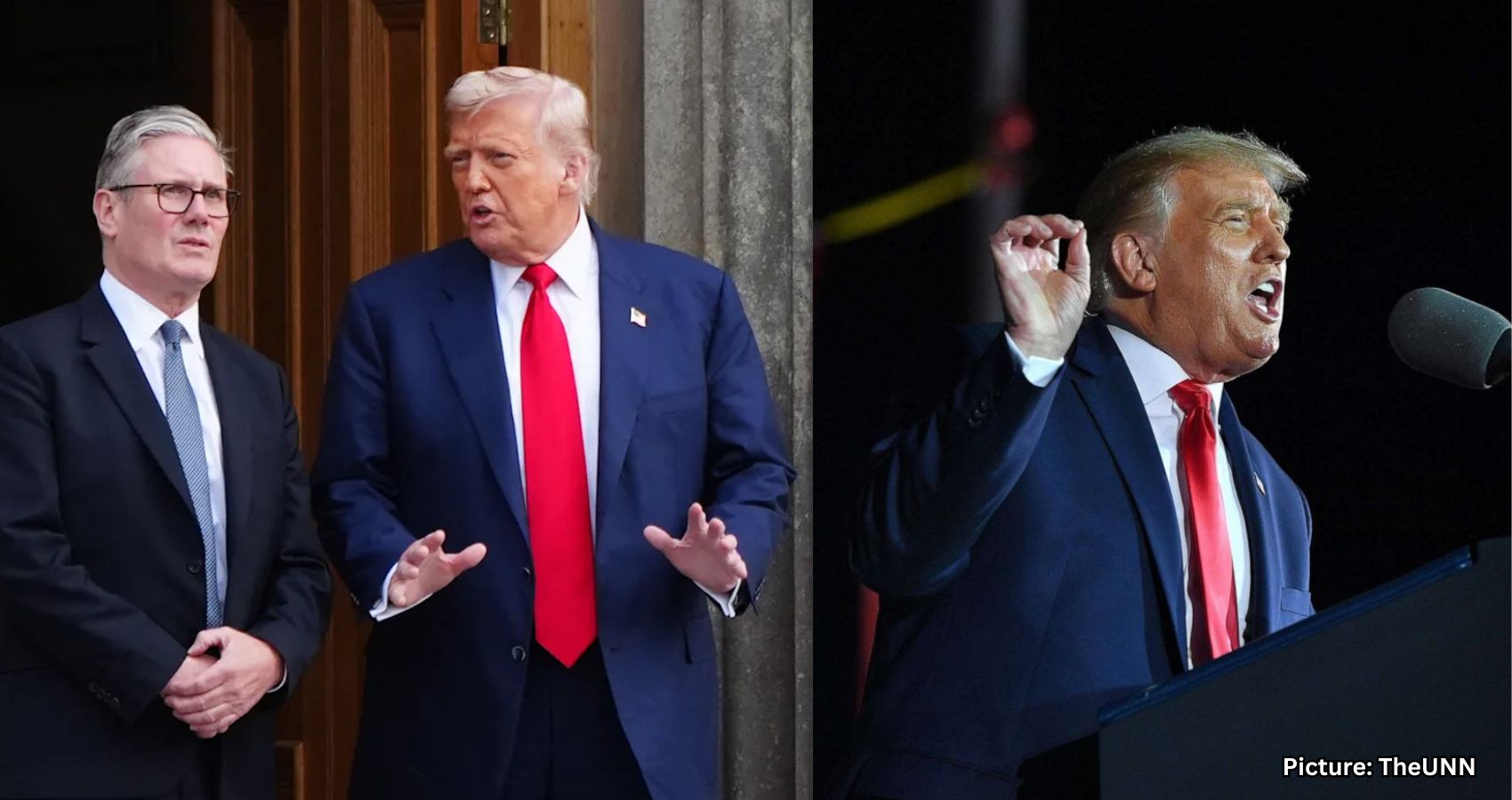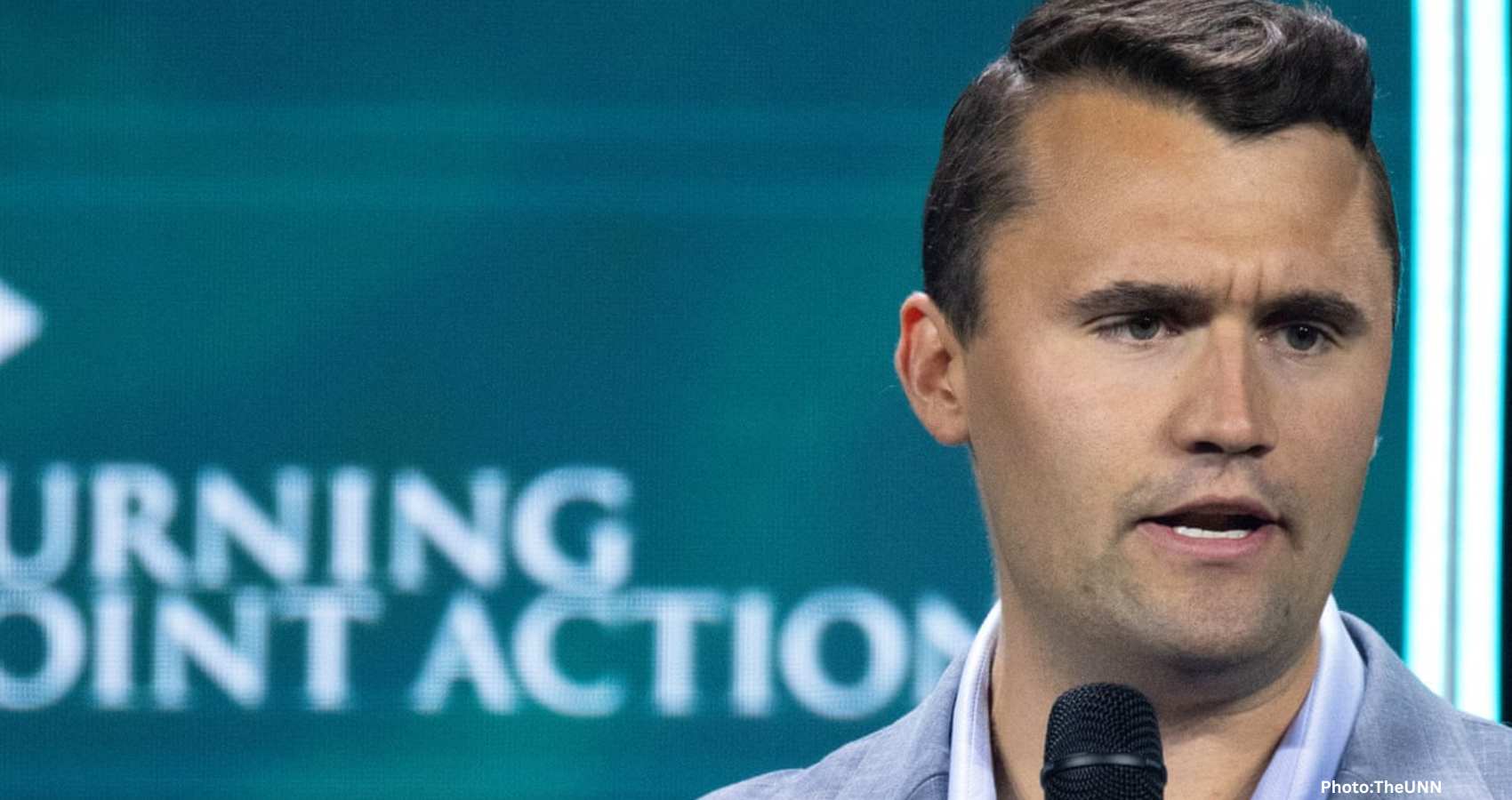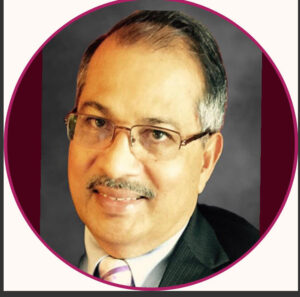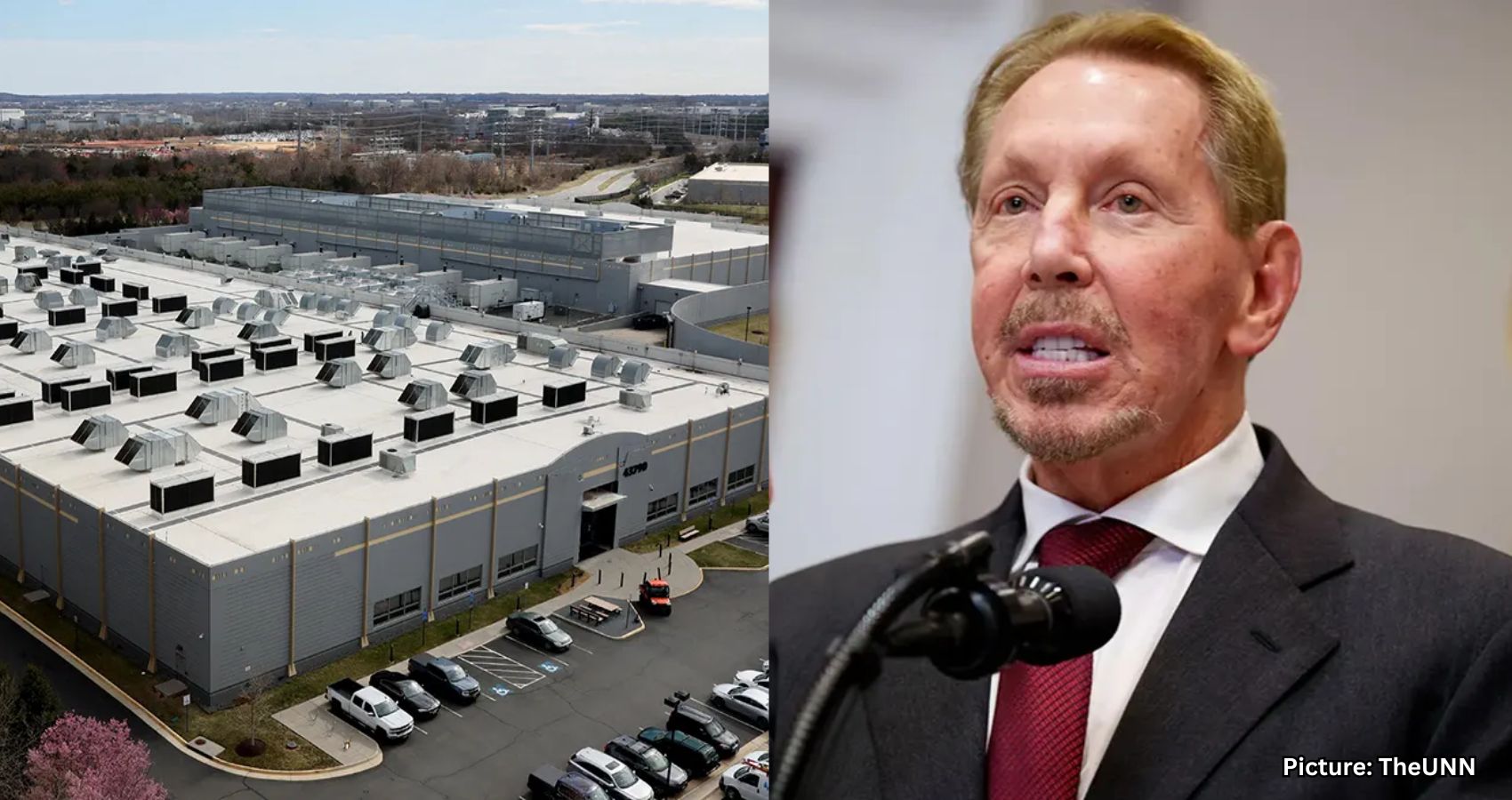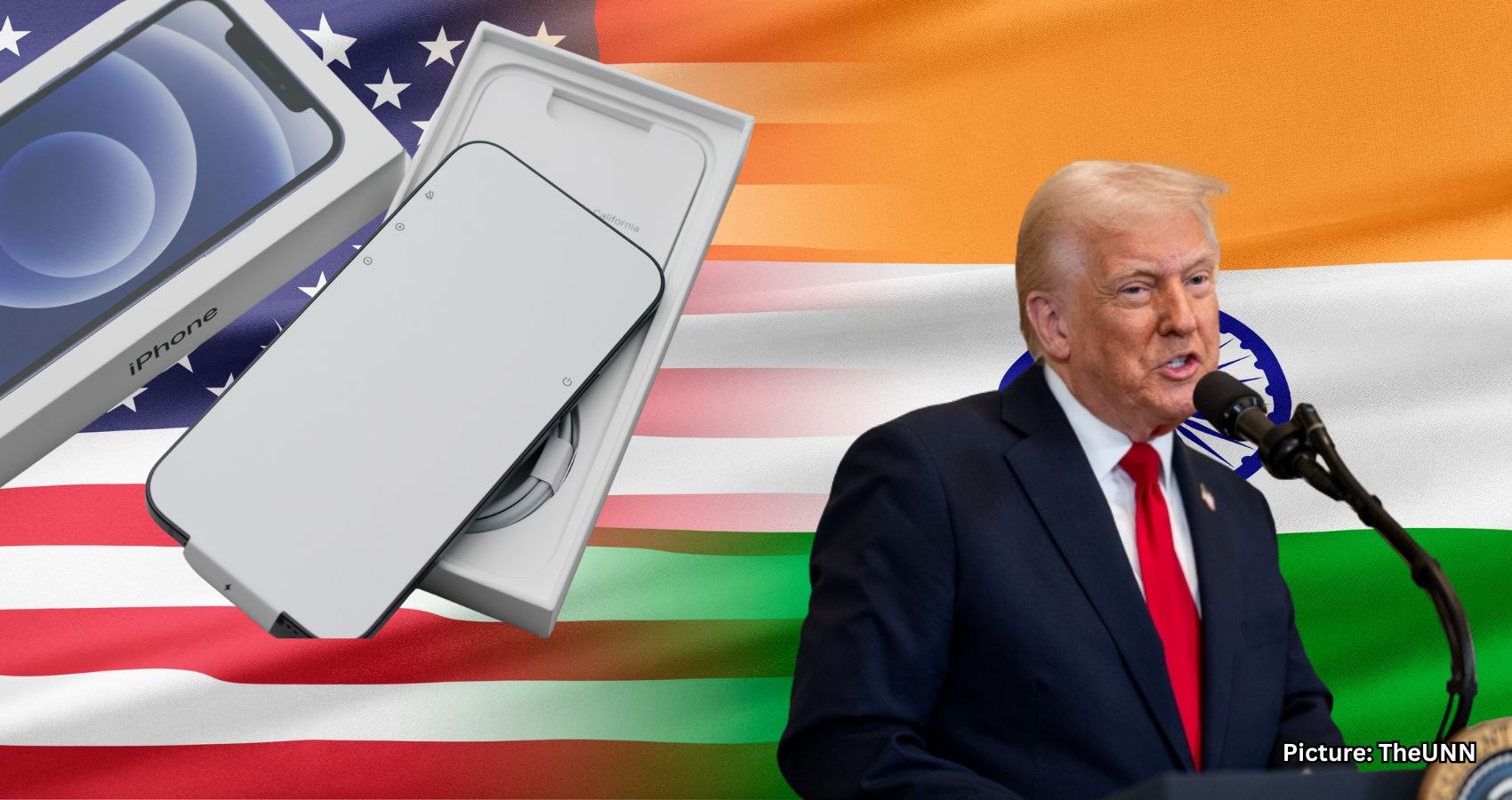A wave of tariffs from the U.S. has strained relations with India, testing the resilience of their bilateral ties and impacting various sectors of the economy.
A wave of tariffs from Washington aimed at protecting America’s domestic industries and addressing trade imbalances has strained relations with India, testing the resilience of their bilateral ties.
The growing controversy over trade policy has led to a series of court cases challenging the legality of the Trump administration’s tariffs. The tariff issue has been festering since April, when President Trump announced “reciprocal” or “Liberation Day” tariffs on over 180 trading partners, including India and other South Asian countries, under the International Emergency Economic Powers Act.
In May, a three-judge panel in the U.S. Court of International Trade in New York struck down the tariffs, including reciprocal tariffs. The court ruled that the President could not use the Act to reset the tariffs.
The Trump administration filed an appeal to that decision in the U.S. Court of Appeals for the Federal Circuit, only to be thwarted again. In a 7-4 decision on August 29, the court ruled that the International Emergency Economic Powers Act does not grant the President authority to impose tariffs; that power lies with the U.S. Congress.
The administration filed another brief to the Supreme Court on September 19 against the ruling, arguing that invalidating the tariffs “would have catastrophic consequences for our national security, foreign policy, and economy.” Solicitor General D. John Sauer stated that the tariffs could bring in $15 trillion in revenue to the U.S.
The Supreme Court is set to hear arguments on November 5.
Meanwhile, India’s Prime Minister Narendra Modi met China’s President Xi Jinping at the Shanghai Cooperation Organization (SCO) summit in Tianjin, China, at the end of August, where they agreed they were partners, not rivals. An alliance between India and China leads to a combined population of nearly 3 billion and a GDP of nearly $23 trillion, according to estimates from the World Bank Group.
The U.S. tariffs imposed on India have impacted Indian and Indian American business communities, affecting them economically and leaving many feeling disappointed and frustrated. Historically, these communities viewed the U.S. as a strategic partner, but the recent developments have changed that perception.
The varied and far-reaching tariffs came as a shock to Indian business leaders. Many are puzzled as to why leadership has not devised a workaround to these problems. After all, India is a security partner in the Quadrilateral Security Dialogue alongside Australia, Japan, and the U.S., collaborating on climate change, critical technology, health, and maritime security. Additionally, India is not alone in purchasing crude oil from Russia; in August 2025, China bought 47% of Russia’s crude exports, while India accounted for 38%, according to data from the Center for Research on Energy and Clean Air.
“I think the concern is more about the relationship between the U.S. and India,” says Dr. Shankar Rachakonda, chairman and treasurer of the Indian American International Chamber of Commerce. The Washington, D.C.-based IAICC promotes trade, investment, and business relations between India and the U.S.
Dr. Rachakonda expressed concern over the breakdown in relations, noting that India was hit with a 25% tariff while countries like Vietnam and Pakistan received only 19%. “What you thought was a highly respectful relationship is not exactly in great shape because of these tariffs,” he told Sapan News.
The tariffs have emerged just as the U.S.-India relationship had reached a comfortable place, transitioning over decades from initial mutual mistrust, particularly during the Cold War era when India was aligned with the Soviet Union. Since the 2000s, the U.S. and India have developed a strategic partnership shaped by shared democratic values, economic interests, and growing geopolitical alignment.
It was then-President George W. Bush who significantly worked towards improving the relationship with India, including lifting the sanctions the U.S. imposed on India and Pakistan after their 1998 nuclear tests, Dr. Rachakonda recalled.
Today, however, there is a belief in India, whether right or wrong, that the relationship with the U.S. is increasingly transactional. Robert Koopman, a senior lecturer at American University in D.C., agrees with this view, describing the relationship under former President Obama as “strong,” while noting that it has been filled with more “tension or unpredictability” under President Trump.
Koopman, a former chief economist at the World Trade Organization, characterizes the U.S. approach to trade under Trump as “mercantilistic, extractive,” and unilateral—favoring benefits for the U.S. rather than fostering cooperative, win-win relationships.
The U.S. seeks access to India’s agricultural and dairy markets, which India has made clear it cannot accept. “I think India clarified that’s a big no because no Indian government can alienate the Indian farm sector,” Dr. Rachakonda stated.
India’s agricultural sector is politically sensitive, with the government aiming to maintain high tariffs and policy flexibility to support farmers and rural development, even as global trade negotiations push for more openness. Indian farmers held massive protests against changes to agricultural laws in 2021 and called for minimum crop prices in 2024.
Highlighting the shifting alliances and economic tensions, U.S. Secretary of Commerce Howard Lutnik has criticized India’s decision to buy Russian oil, stating that before the Russian conflict, India purchased less than 2% of its oil from Russia, but that figure has now risen to 40%.
In an interview with Bloomberg, Secretary Lutnik claimed that India was taking advantage of the cheap, sanctioned oil to “make money,” calling this “just plain wrong” and “ridiculous.” He urged India to decide which side it wants to be on—supporting the U.S. and American consumers or aligning with BRICS, a multinational alliance that includes Brazil, Russia, India, China, and South Africa.
He expressed optimism that India would return to trade negotiations and attempt to reach a deal with President Trump.
The announced tariffs have most severely affected industries such as textiles, pharmaceuticals, and jewelry, making Indian exports to the U.S. uncompetitive. The uncertainty surrounding these tariffs is discouraging investment and could lead some businesses in India or America to shut down or consider relocating to countries with lower tariffs, according to Dr. Rachakonda.
The garment industry, in particular, is expected to be hit hard, as many stores rely on fabric from India. “It’s mostly because of the uptick in price due to the tariffs,” he noted.
India’s textile industry employs more than 100 million people, with the U.S. as its single-largest market—almost 28% of Indian textile and apparel exports go to America, according to the New Delhi-based Confederation of Indian Textile Industry. In the financial year 2024-25, India exported close to $11 billion worth of products to the U.S.
Amid the growing frustration over tariff-related challenges, the uncertainty is affecting planning, investment, and long-term decision-making.
“India has depended significantly on foreign direct investment, and U.S. companies have invested a lot in India,” Dr. Rachakonda said. He questioned whether the tariffs would cut investments in India and if companies would continue to manufacture items made costlier by tariffs.
U.S. investments in India in 2024 were valued at about $58.5 billion, while Indian investments in the U.S. were valued at $5.01 billion in the same year, according to the U.S. Bureau of Economic Analysis.
Experts agree that the tariffs are forcing both India and the U.S. to reexamine their relationship with each other and with other countries. The BRICS alliance has historically opposed a post-World War II world led by the U.S., but now, “Trump is providing them with even more political and economic reasons to try to find ways to cooperate,” commented Koopman.
America’s reduced investment in infrastructure, education, and research and development could also handicap its long-term growth, regardless of trade policy, he added.
In the midst of this chaos, the IAICC is actively supporting businesses affected by the tariffs by collaborating and sharing information with media outlets and other organizations. Their virtual meetings and discussions bring together stakeholders and provide a platform for support. The organization is guiding companies as they explore alternative markets and adapt new business strategies amid the shifting global trade landscape.
Dr. Rachakonda, who heads the organization, is optimistic that the situation is temporary despite the challenges, viewing the latest tariff hikes as more about geopolitical strategy concerning Russia rather than India itself. He sees the tariffs as a serious but potentially resolvable issue.
While there is significant short-term pain at the moment, there is hope for a negotiated solution in the future. The efforts of stakeholders to find a resolution may ultimately determine the future of this complex relationship.
Source: Original article


